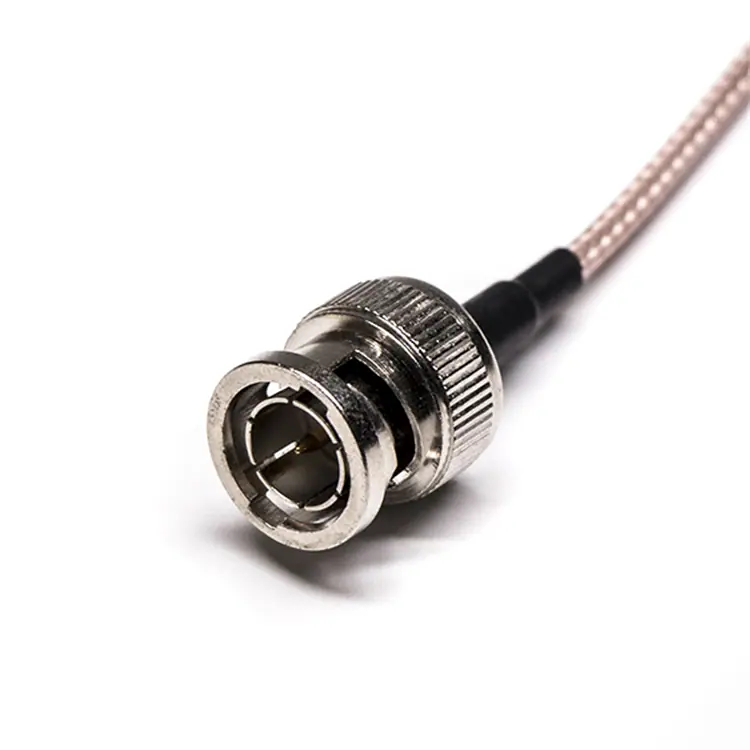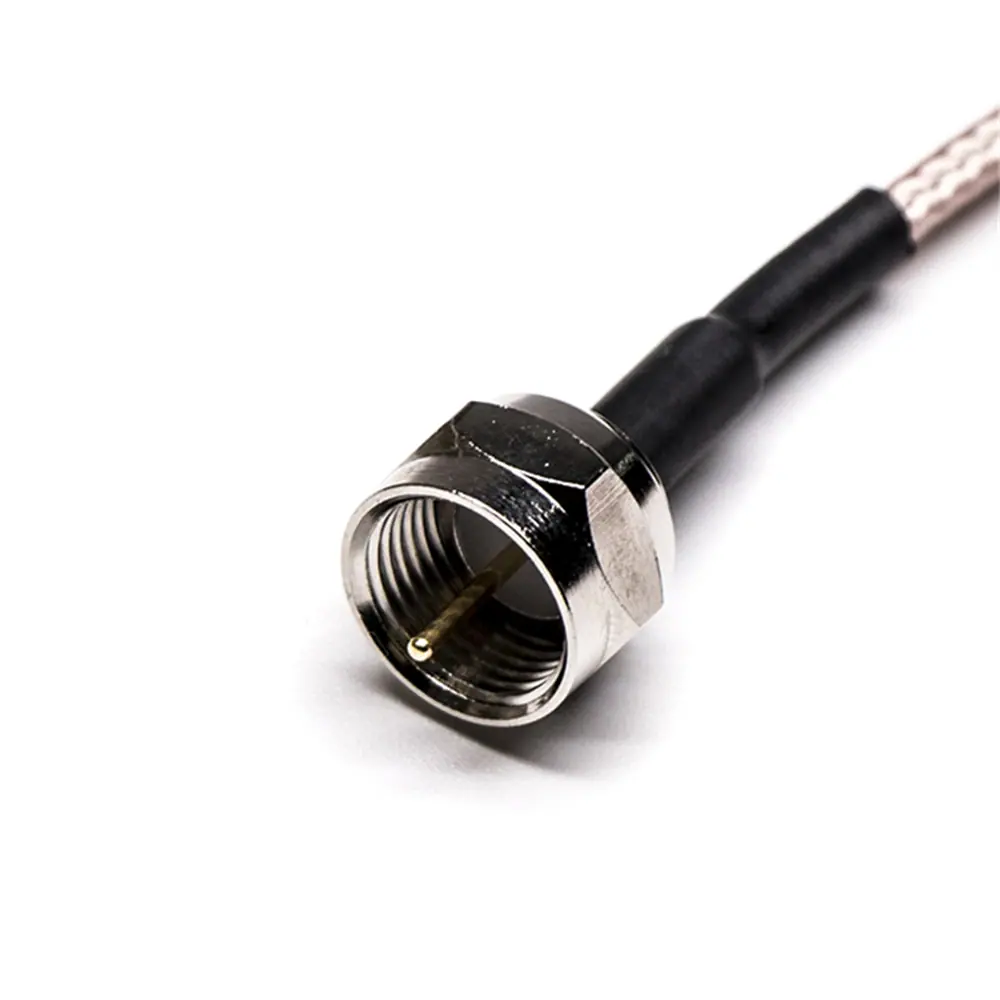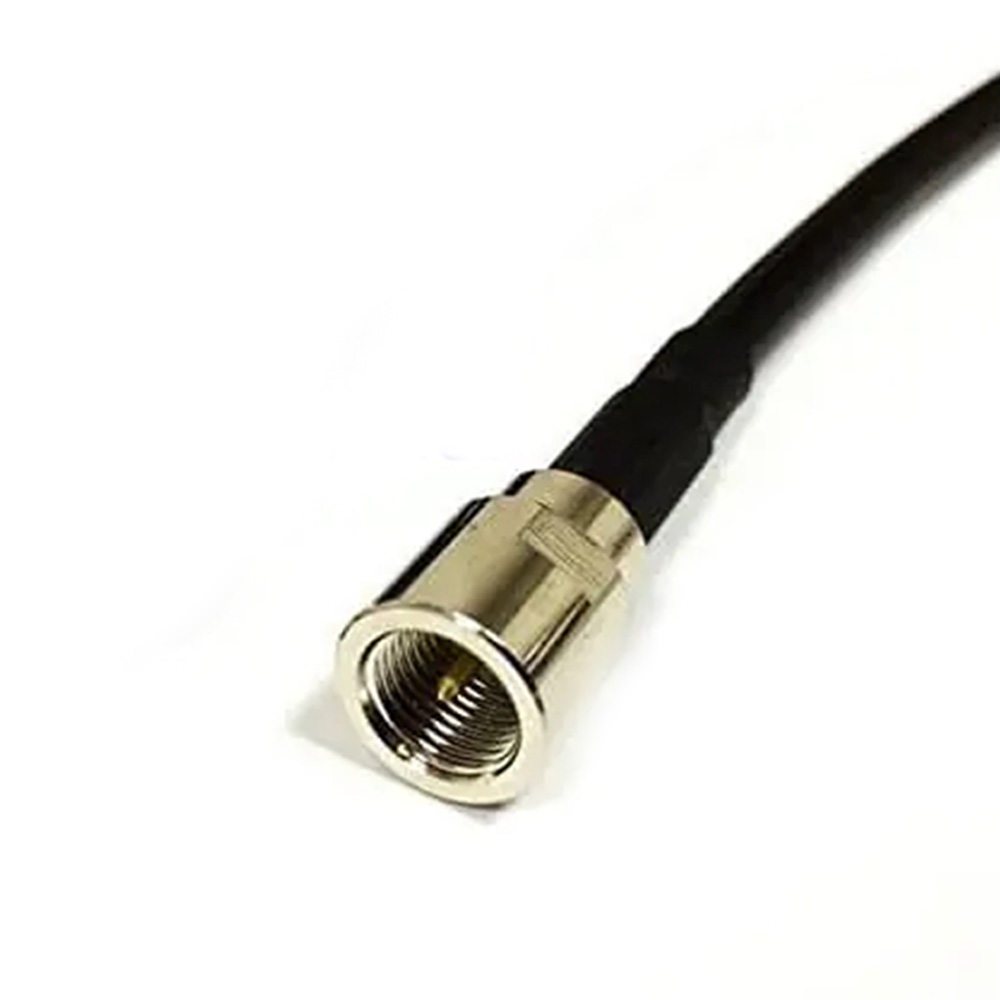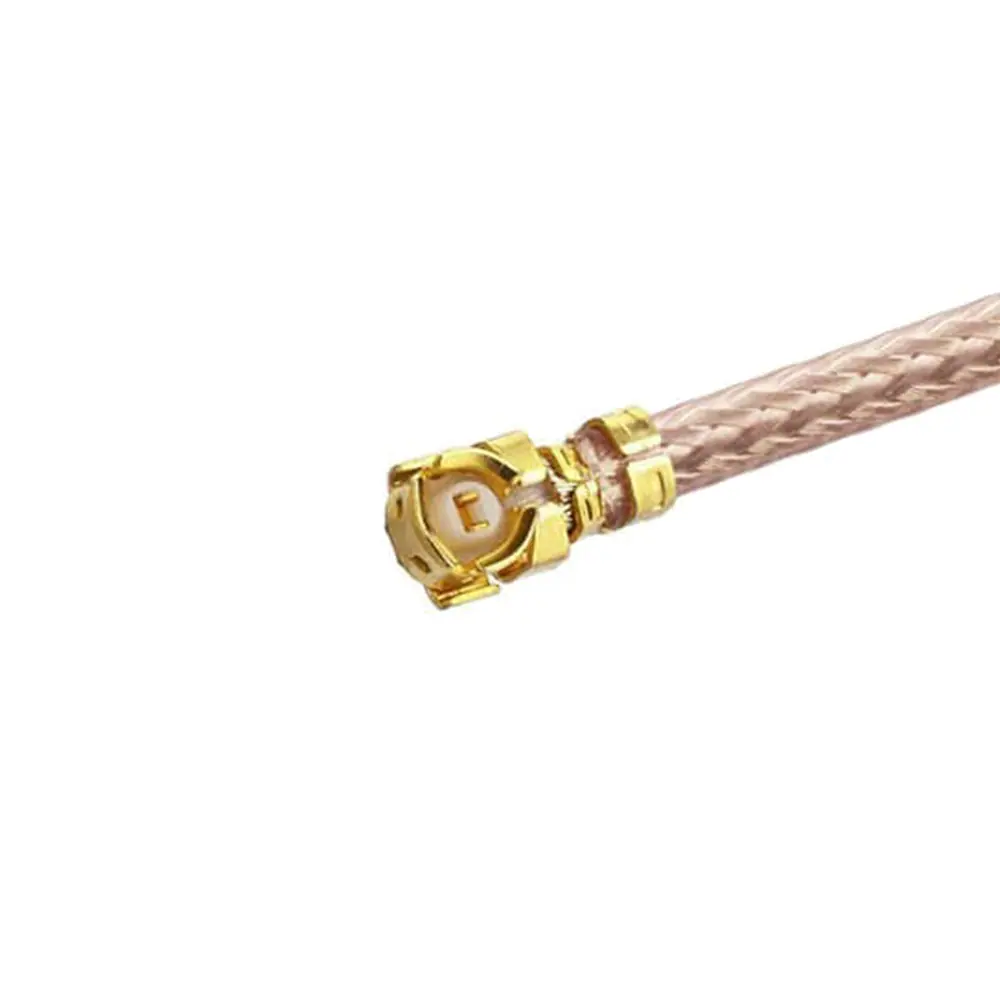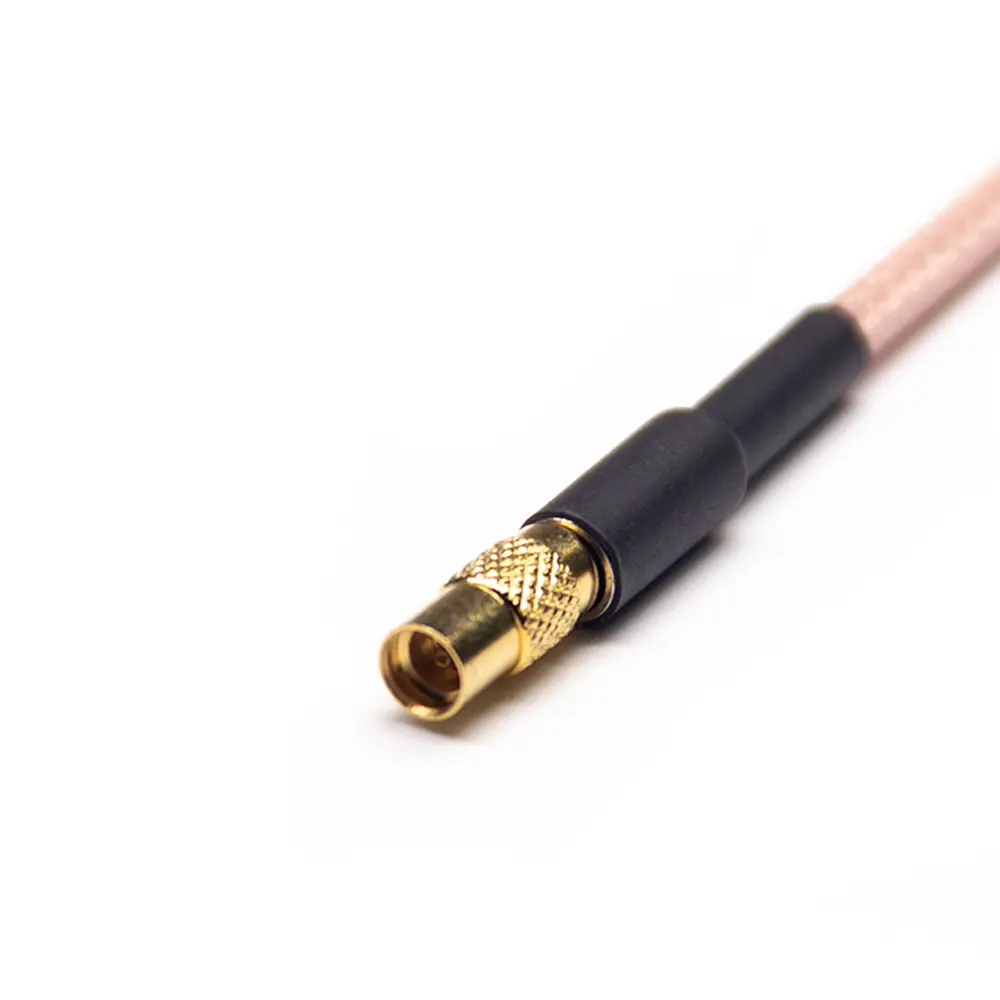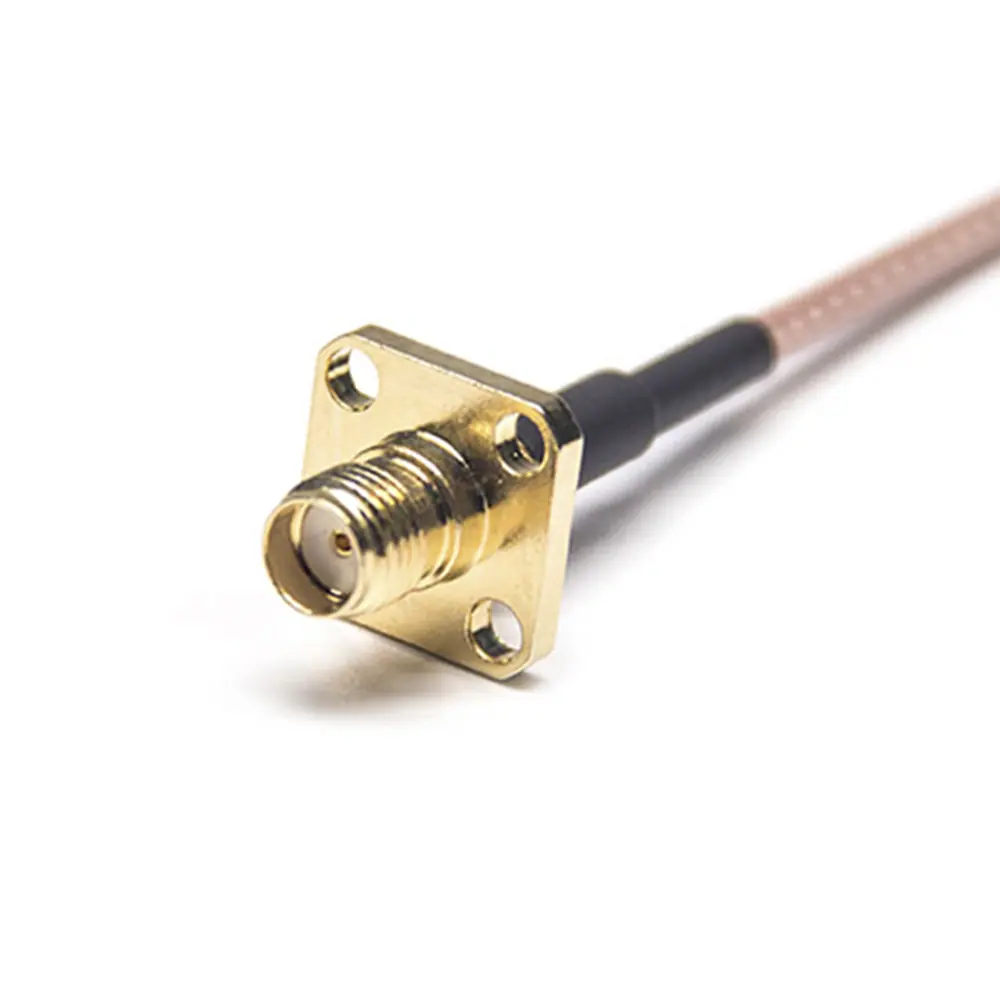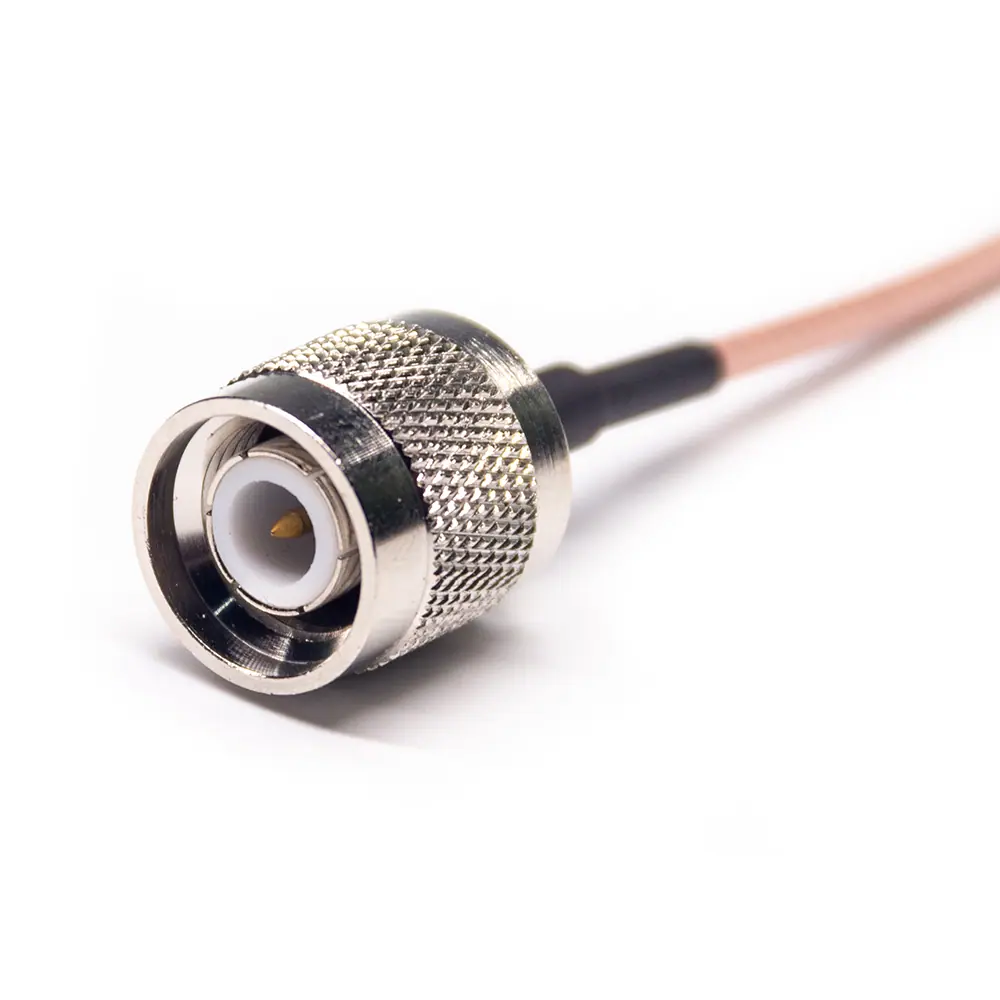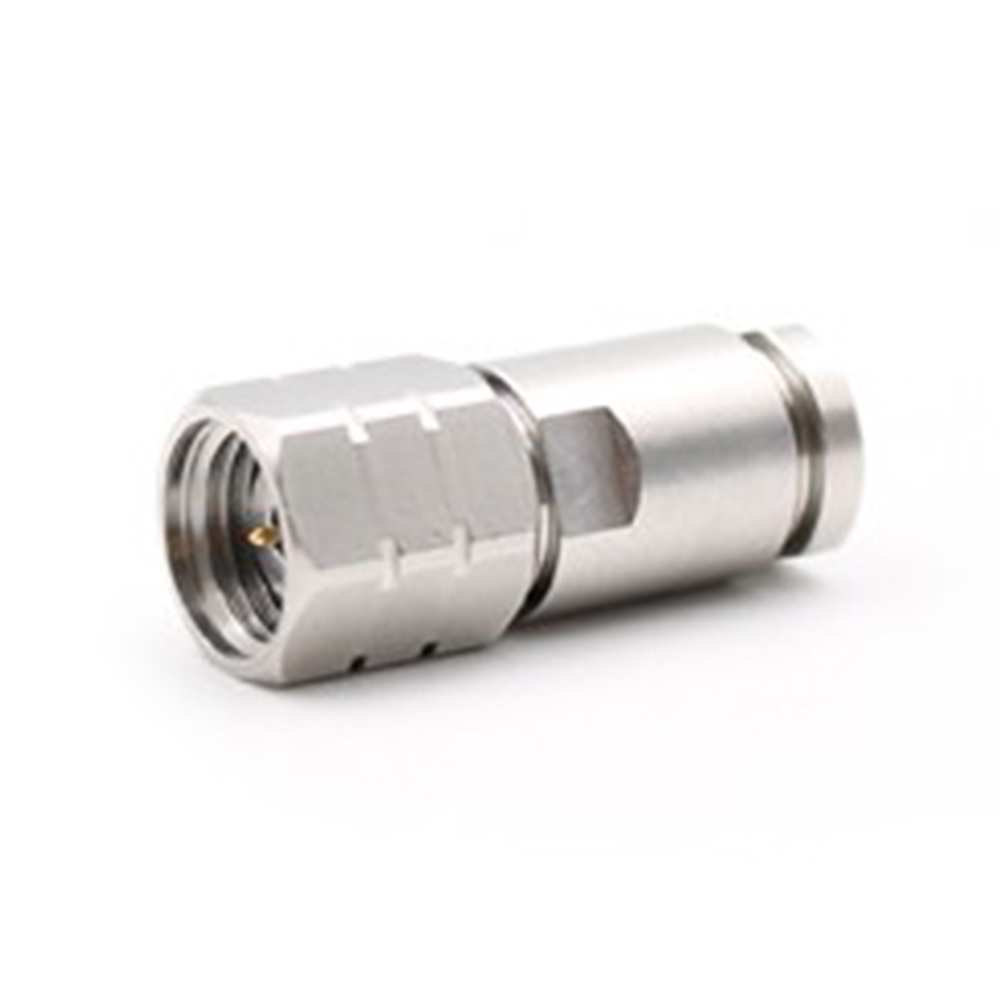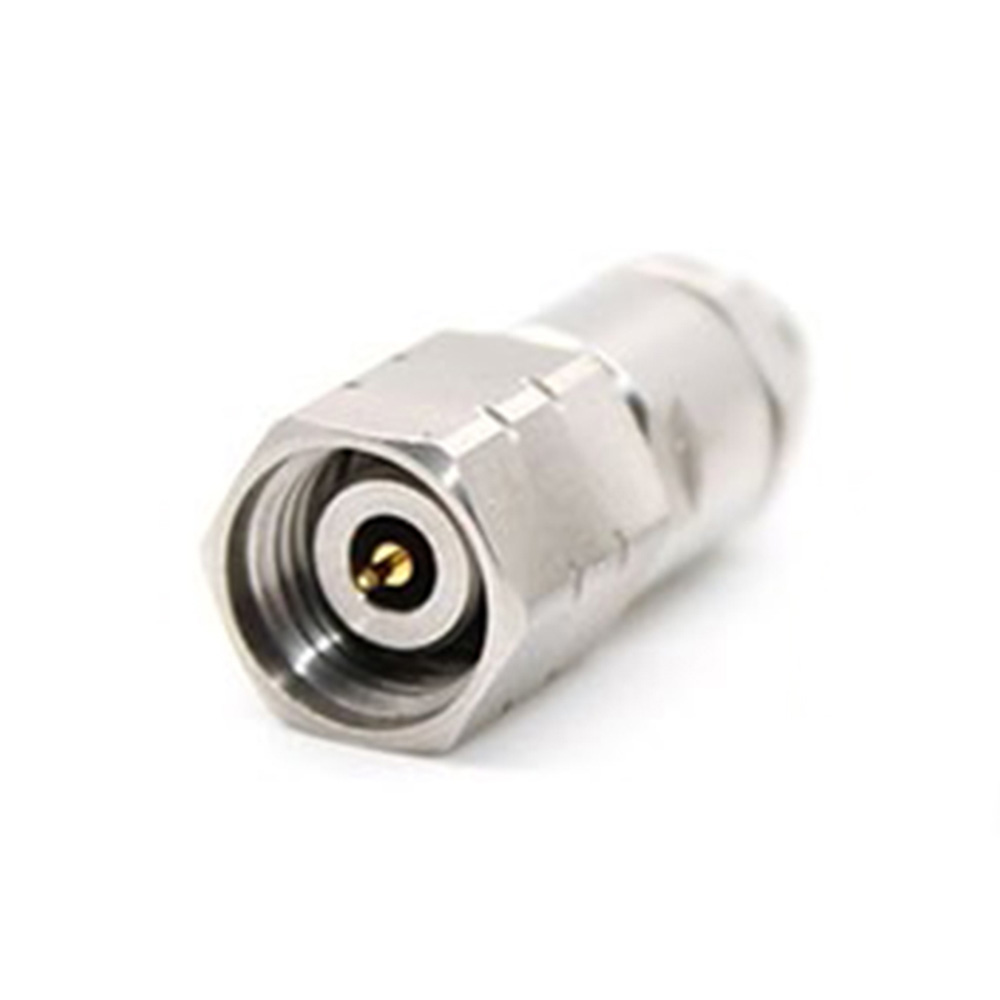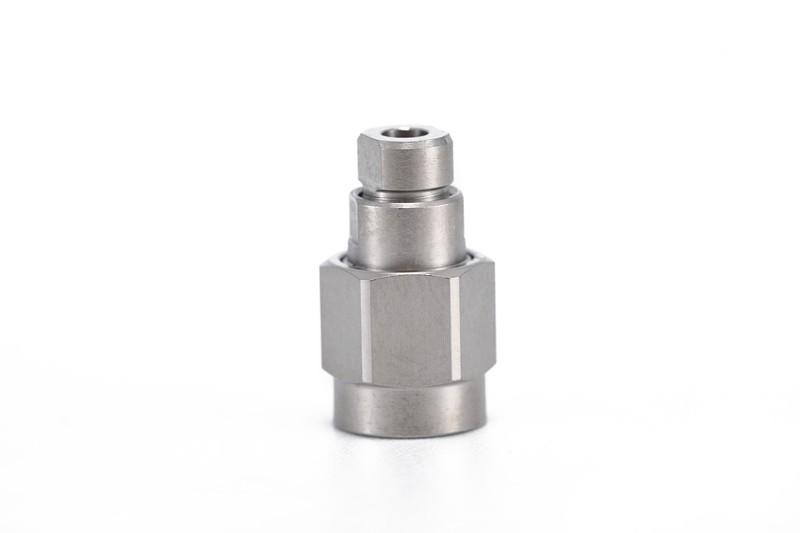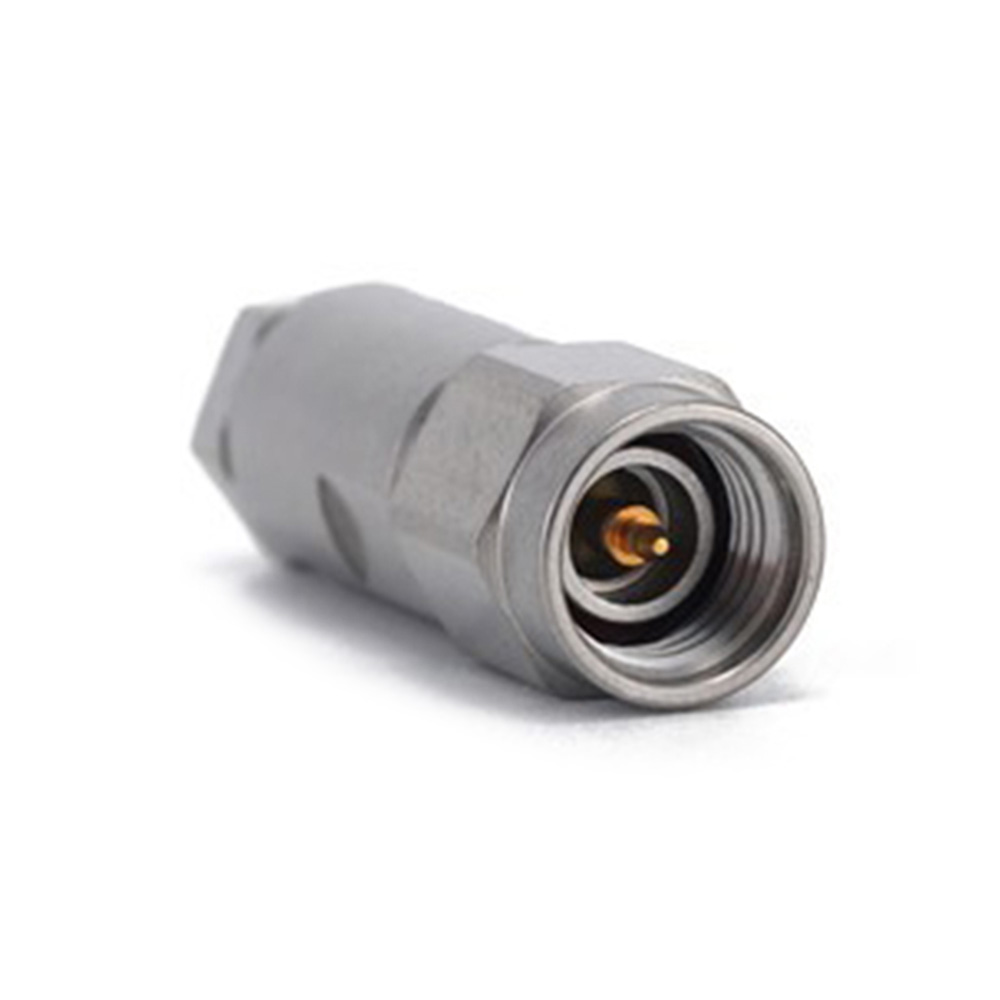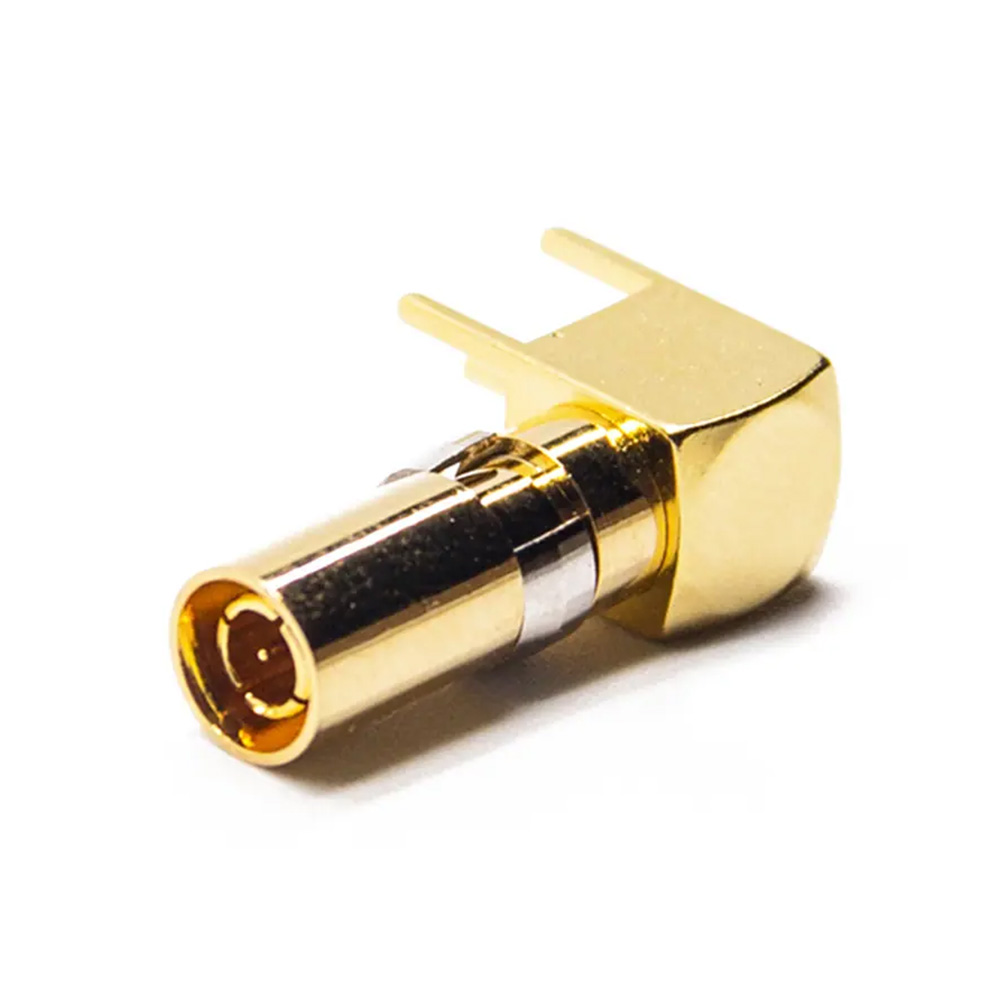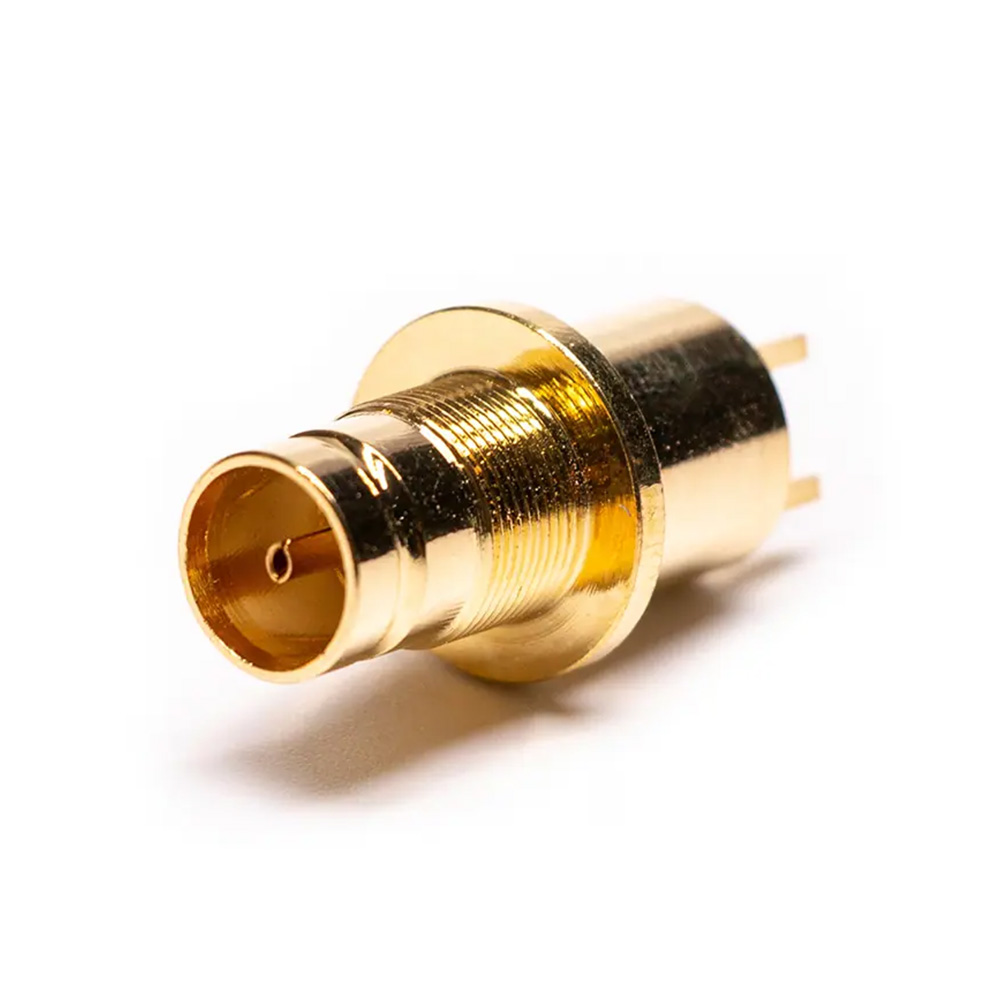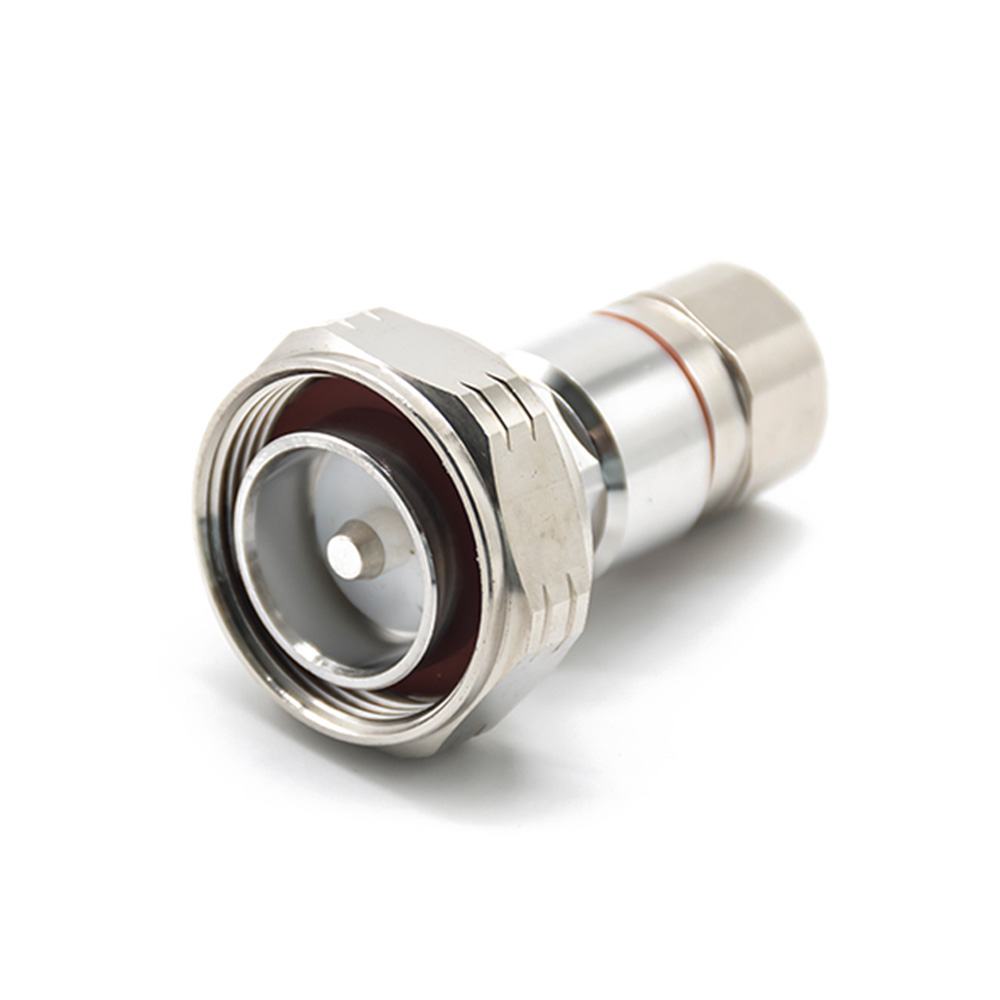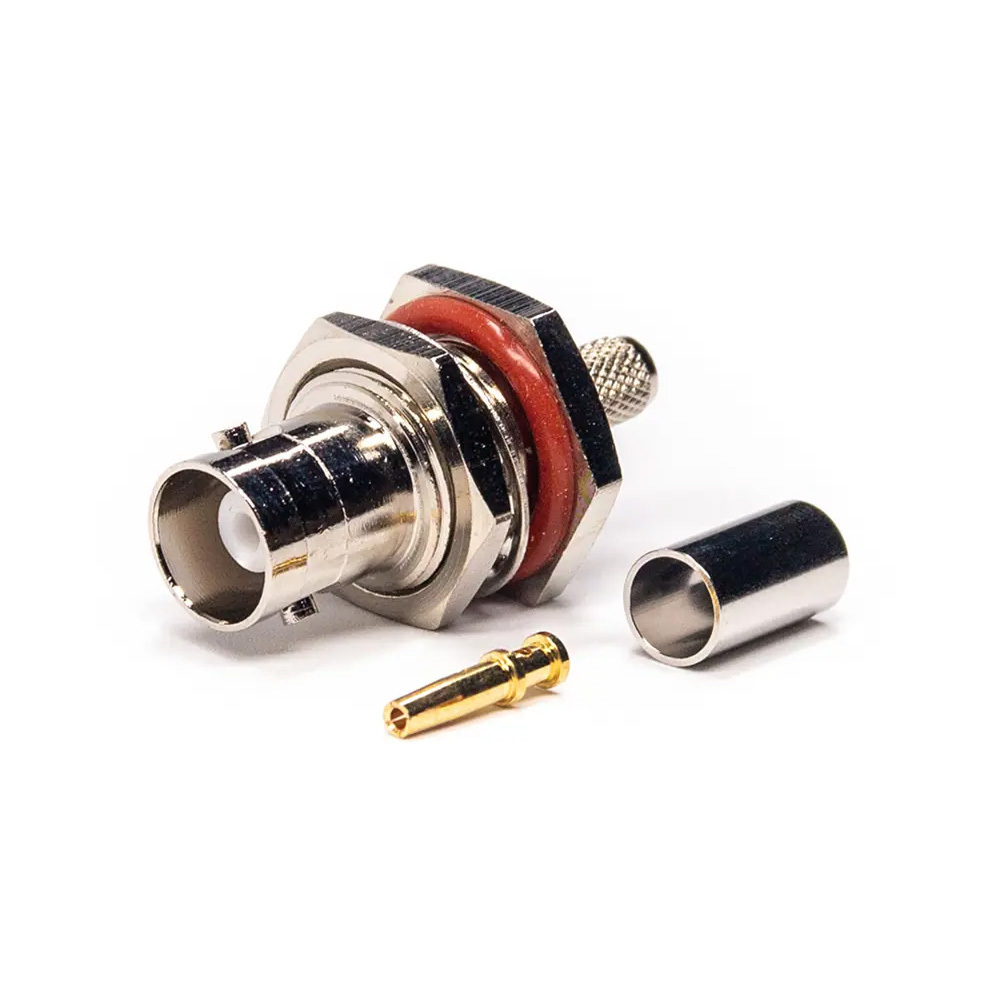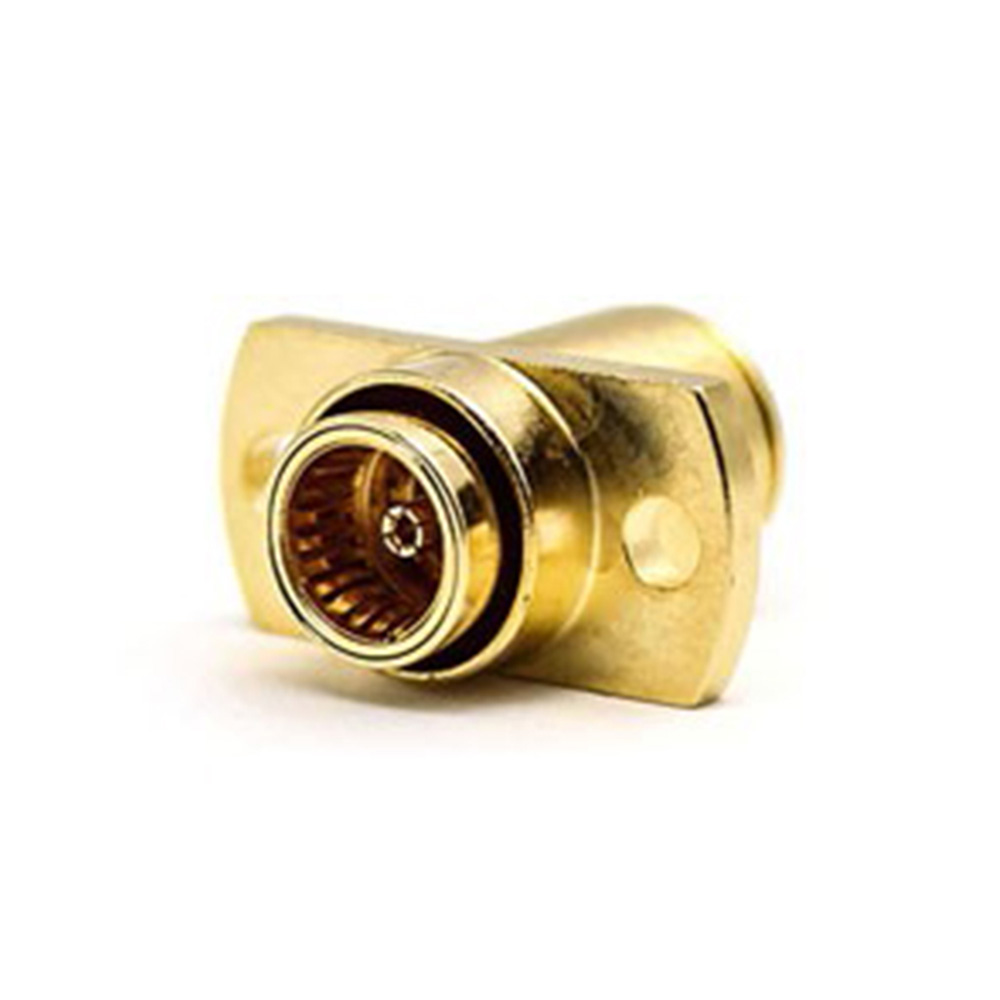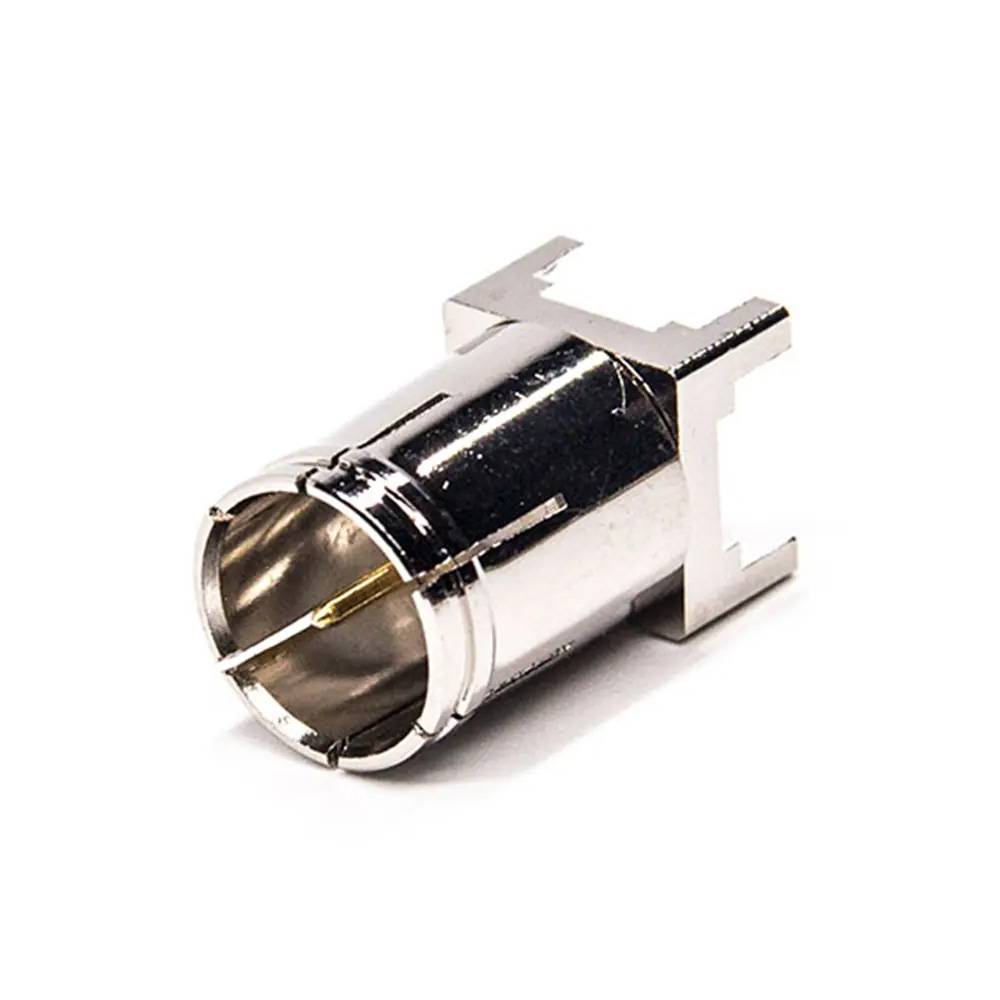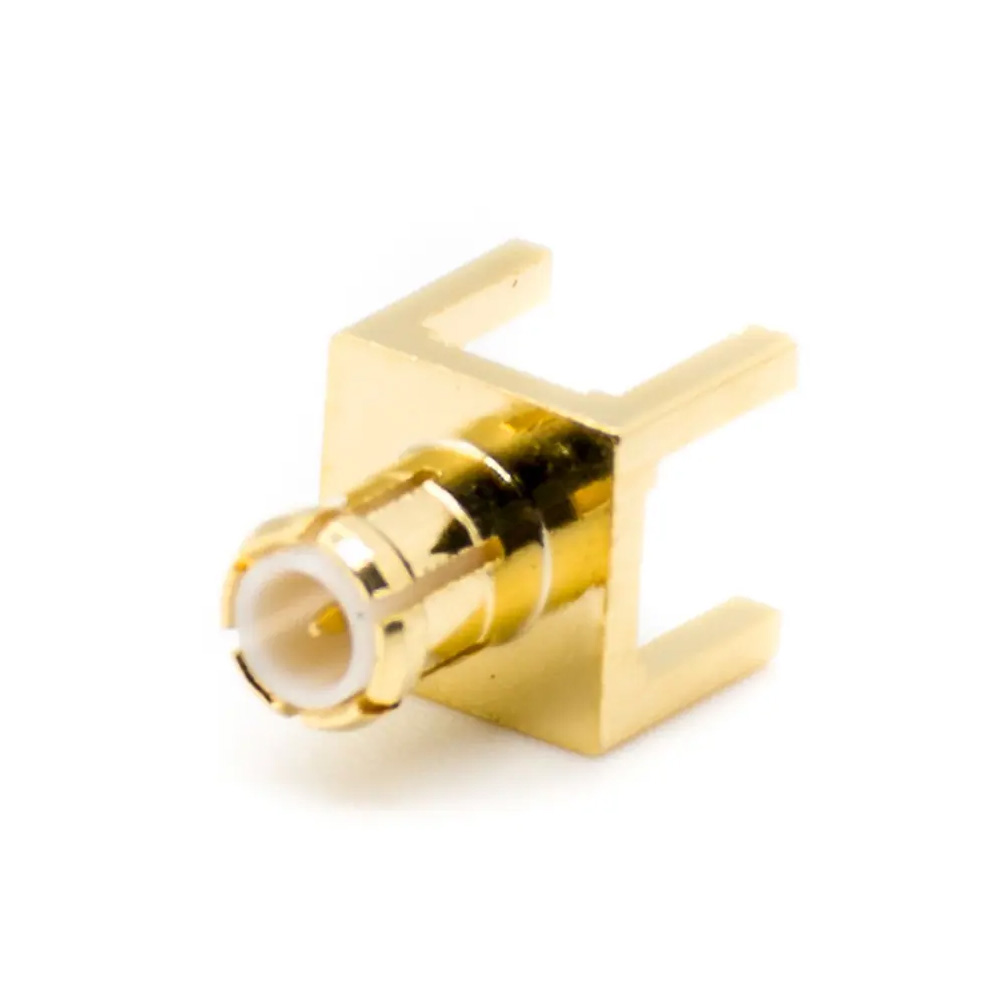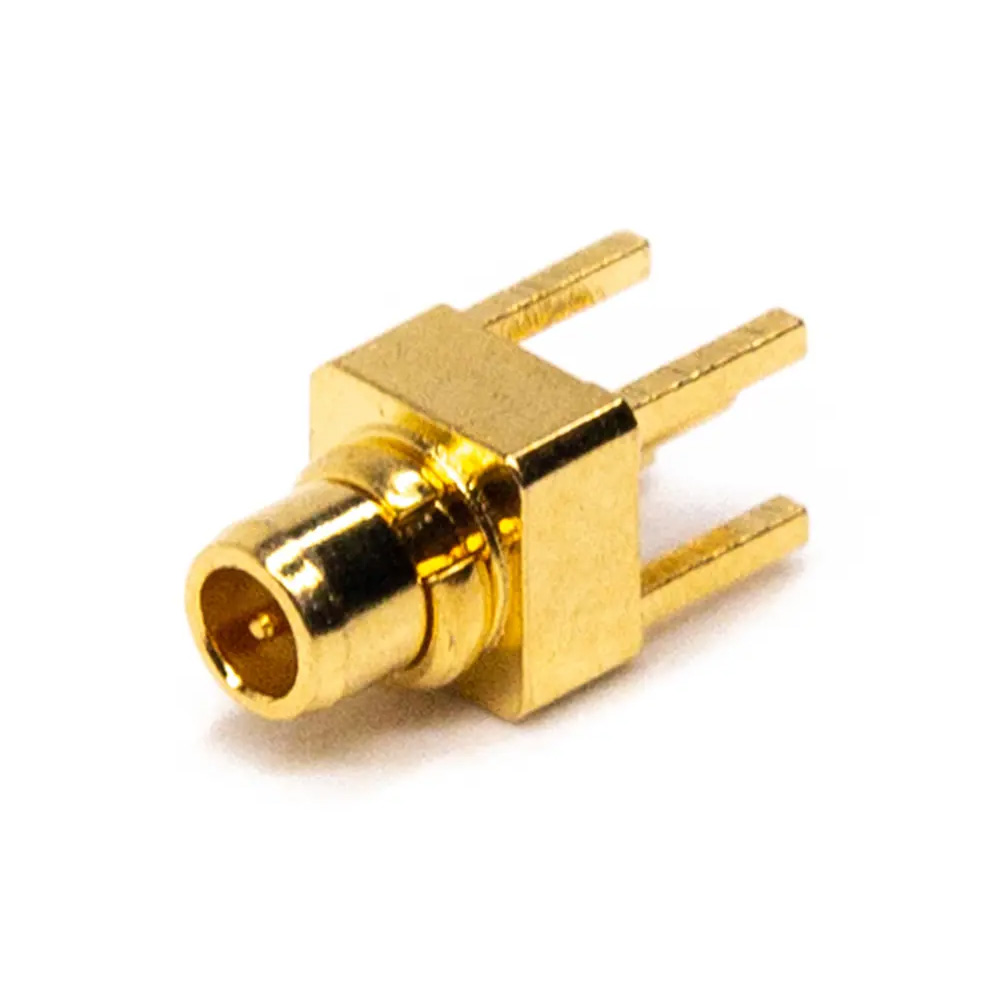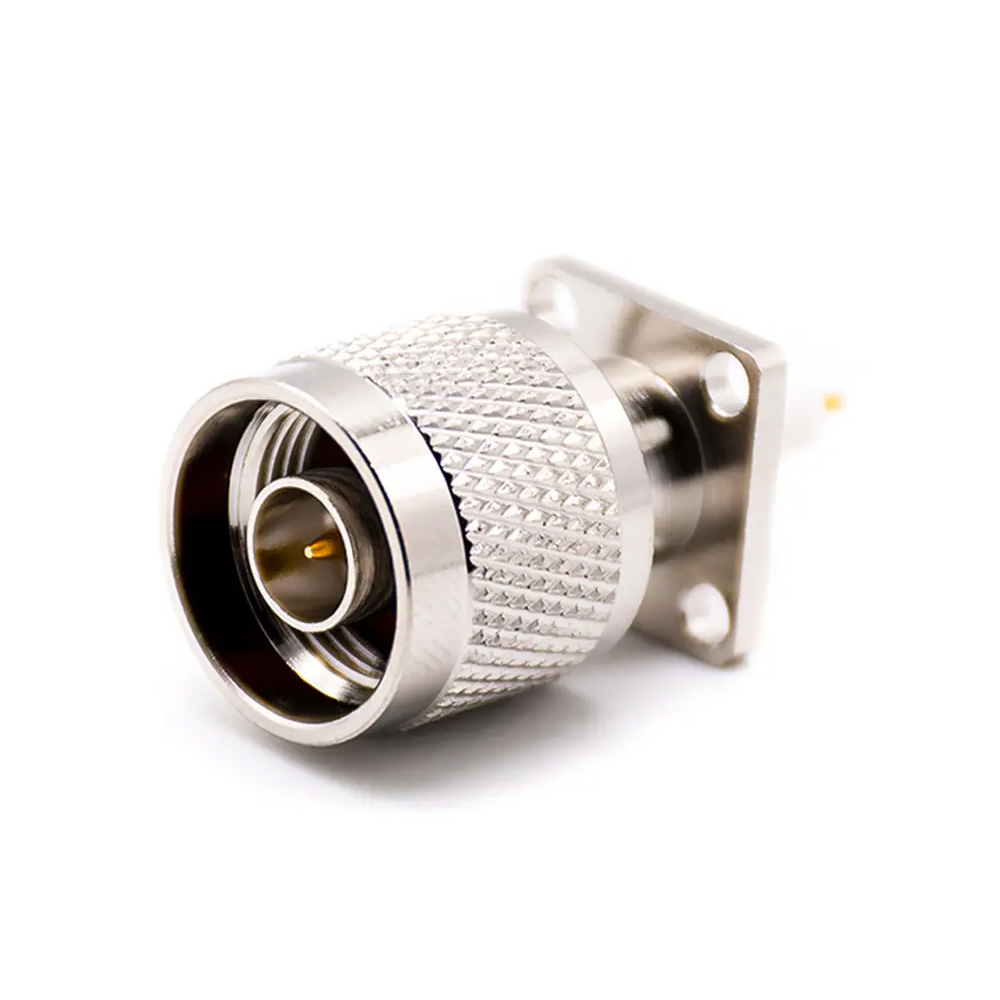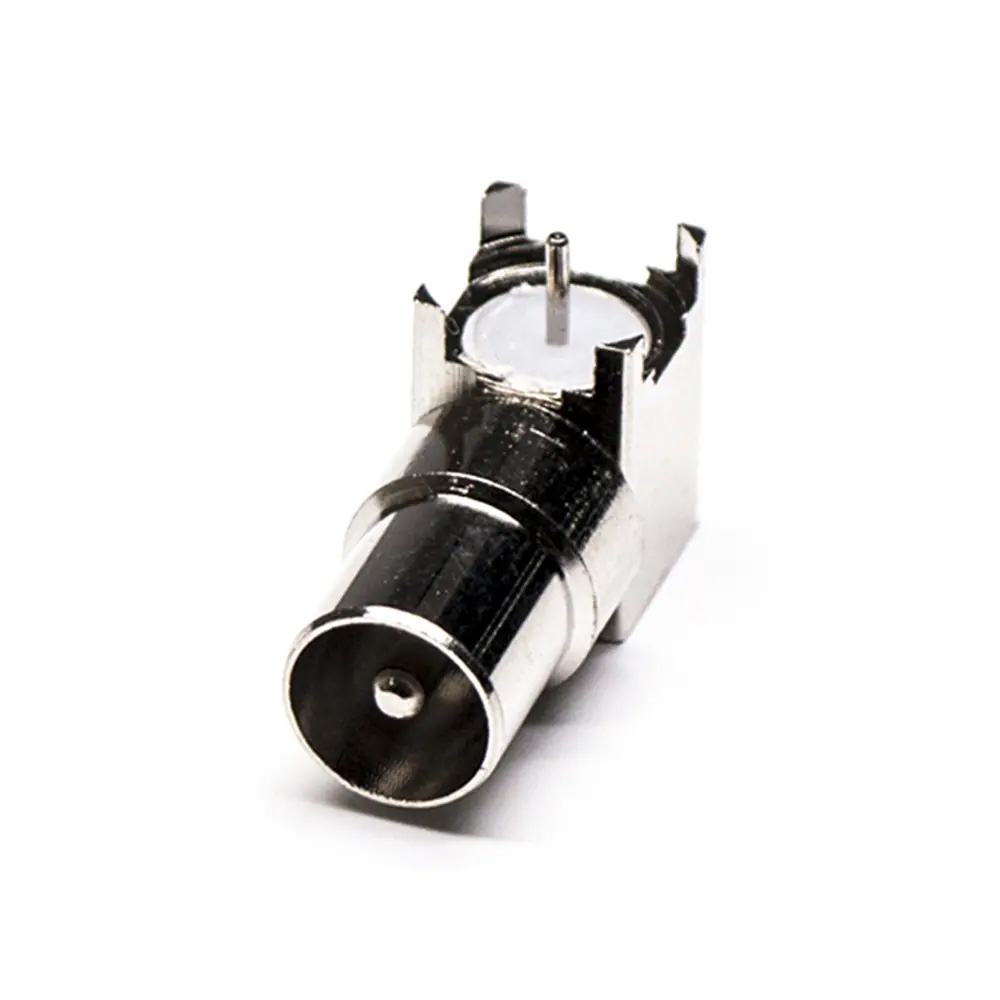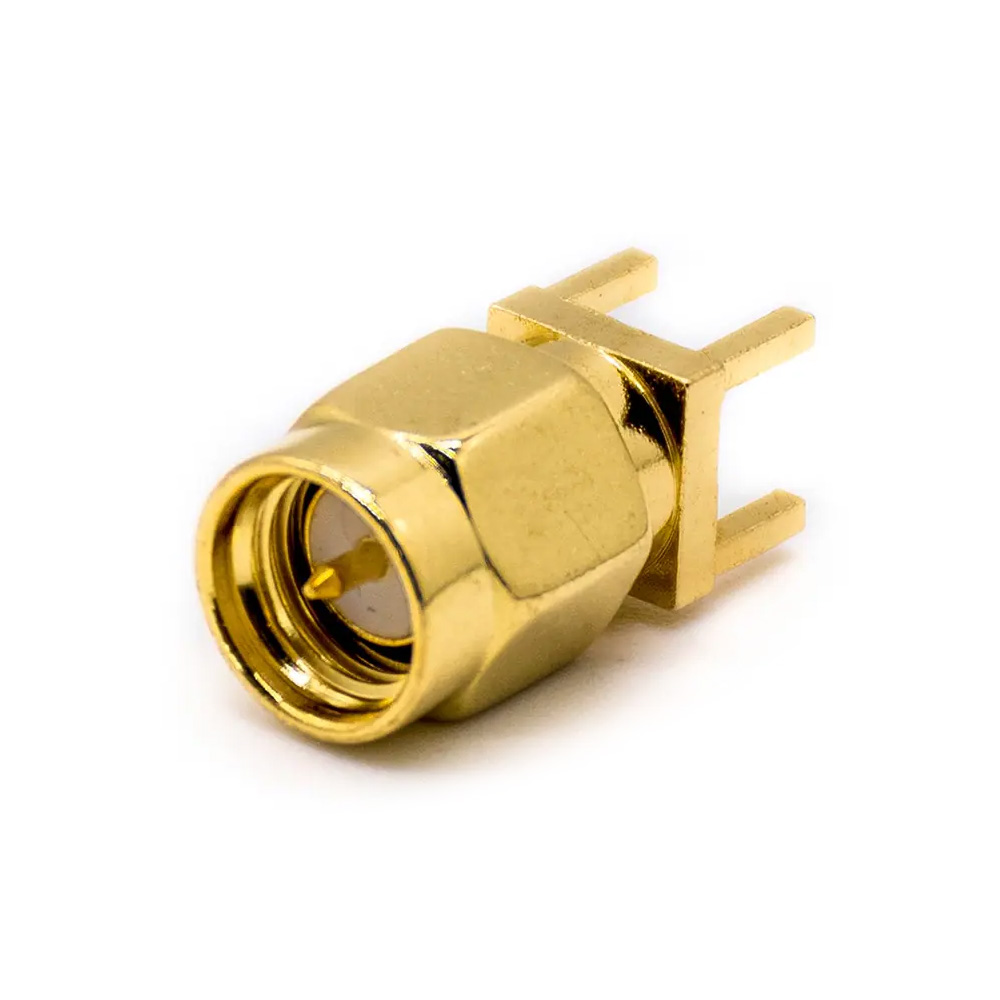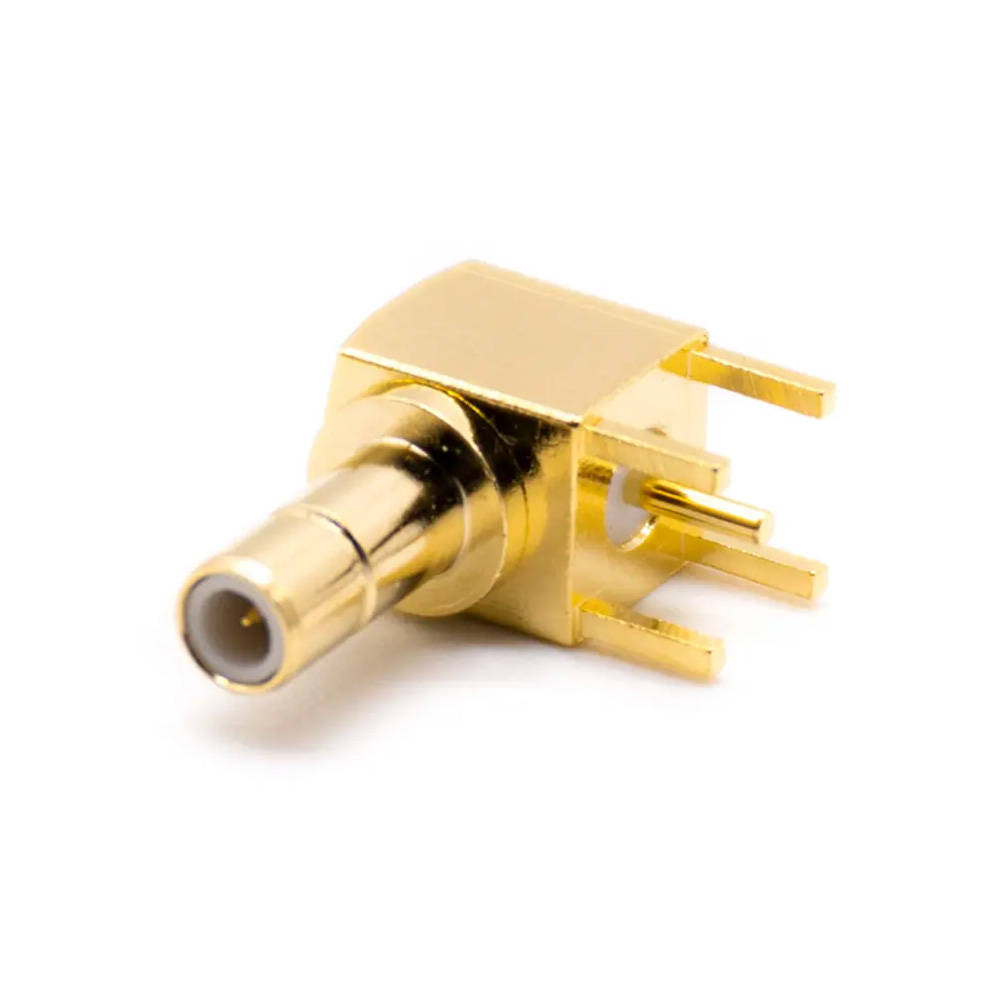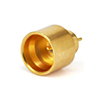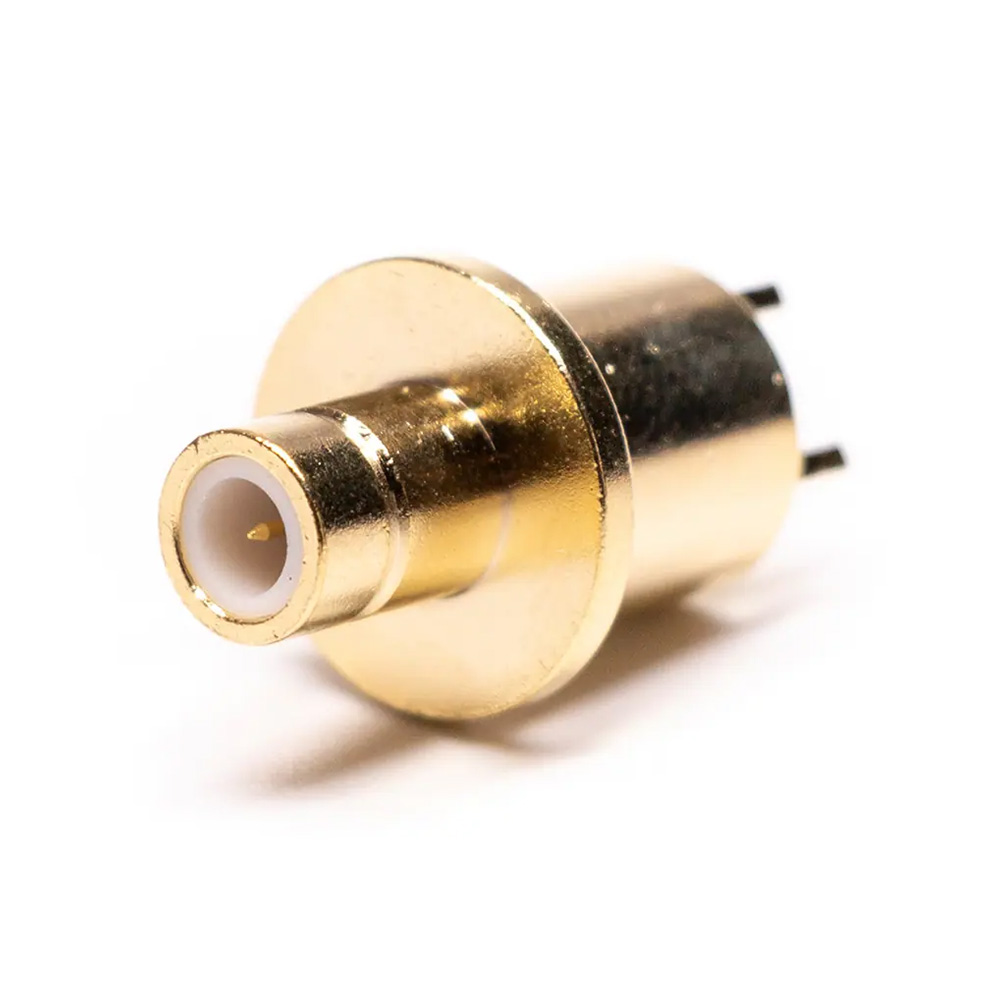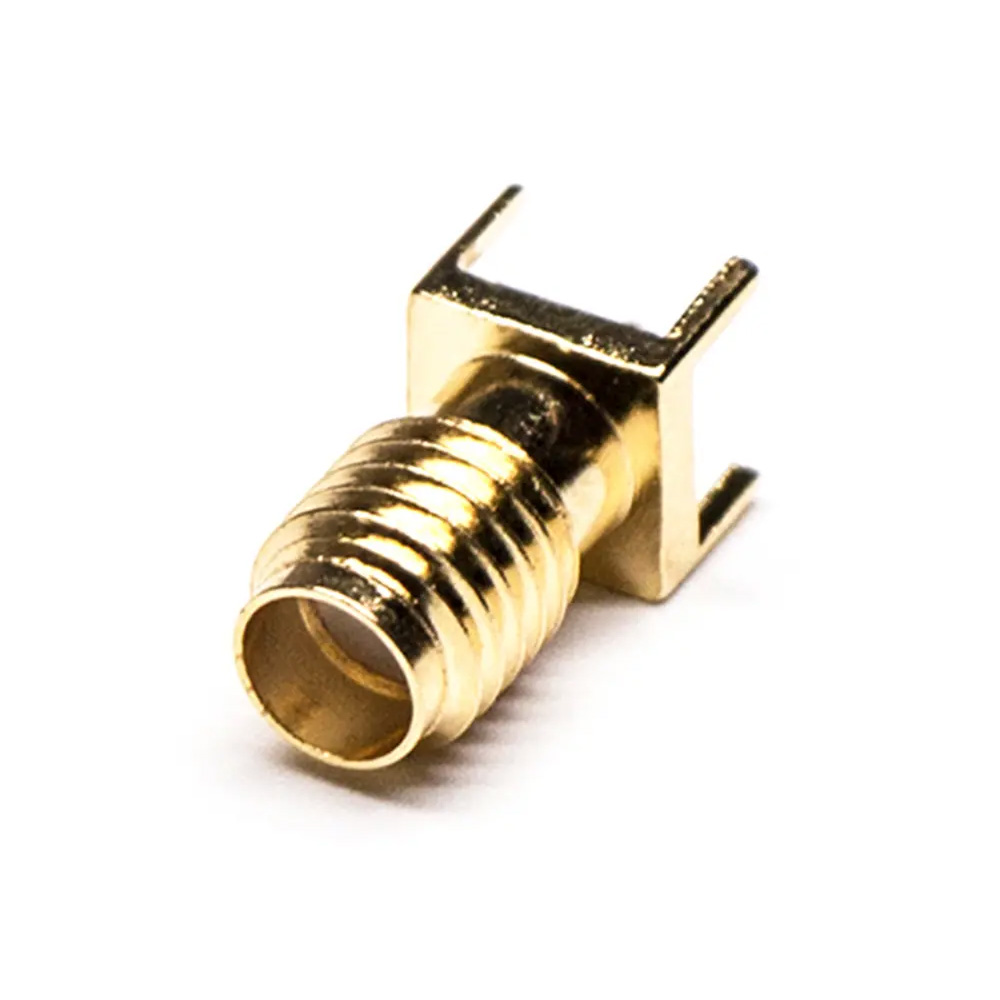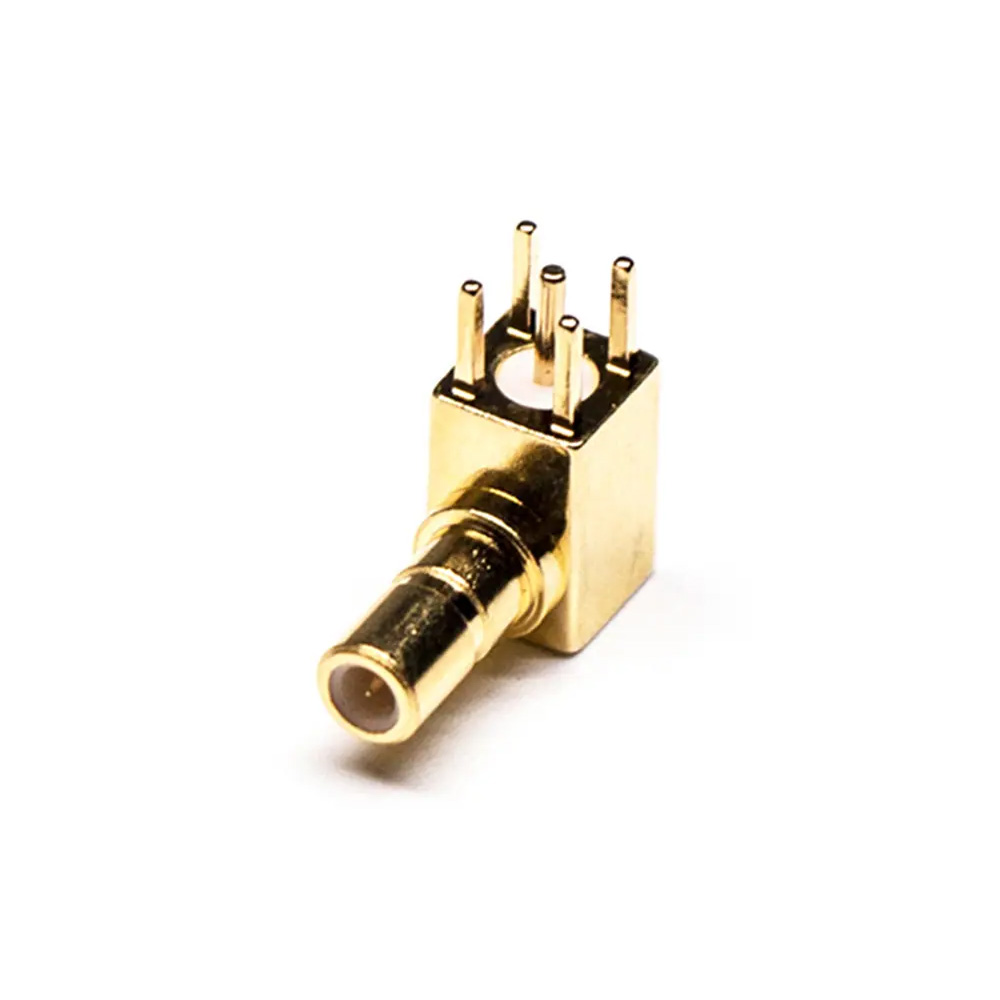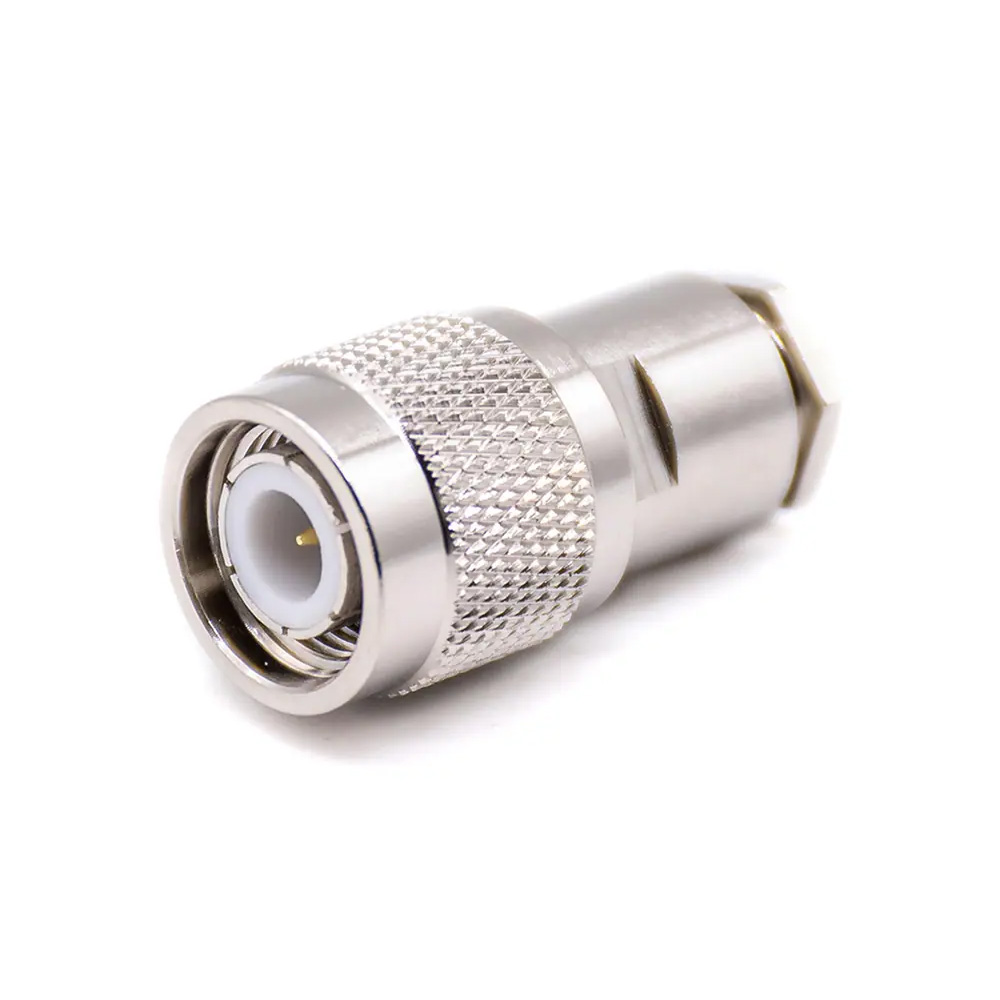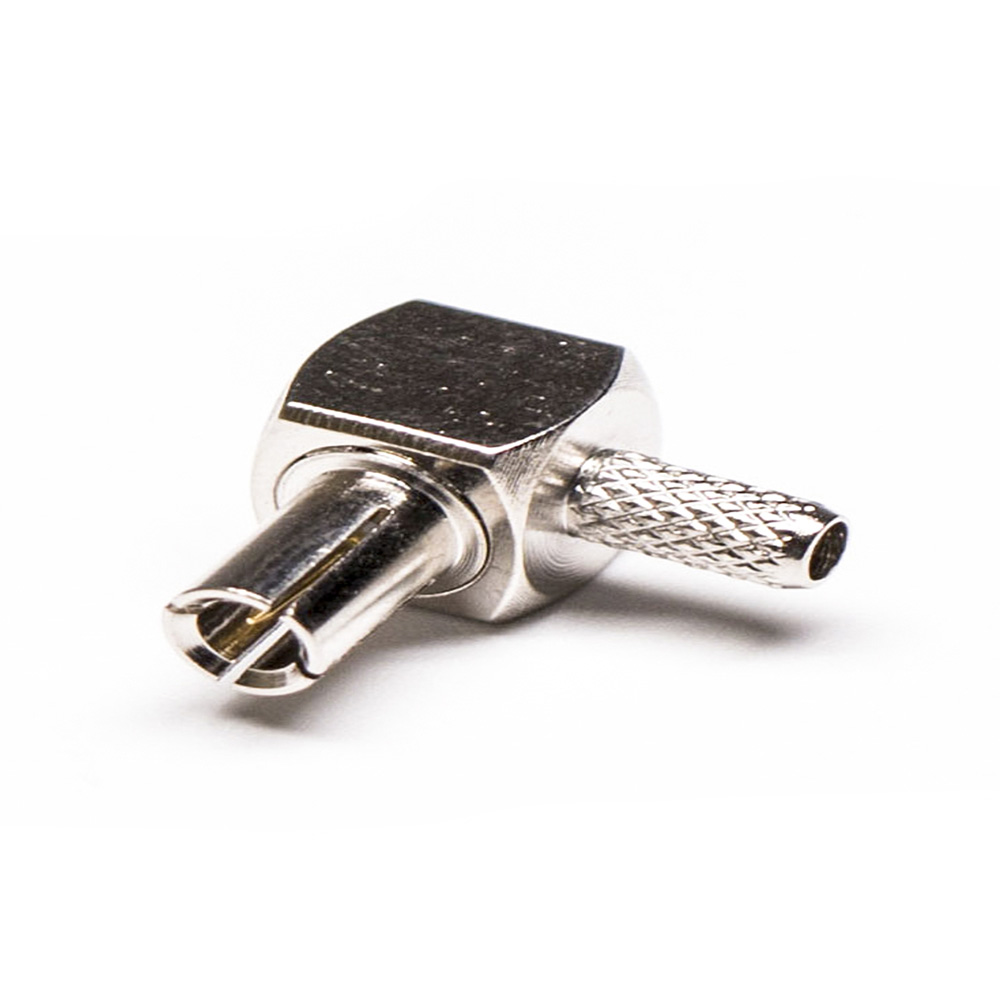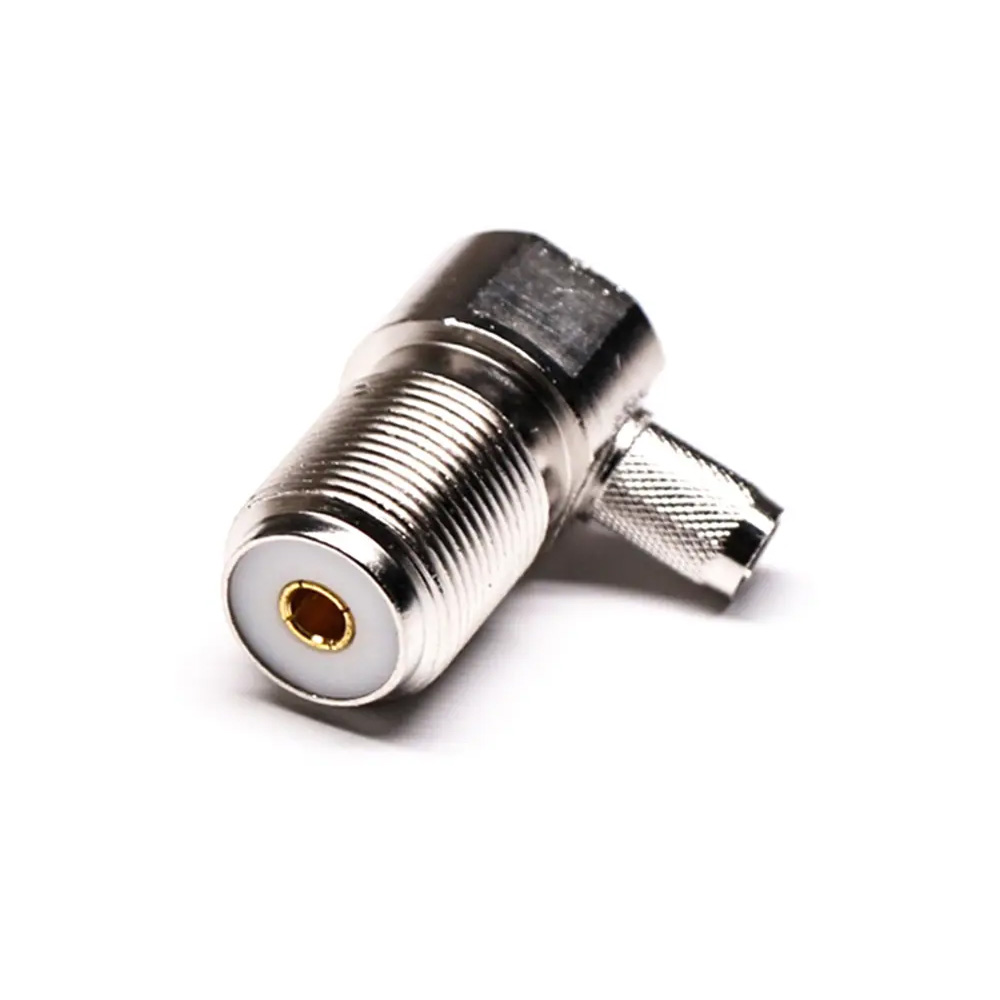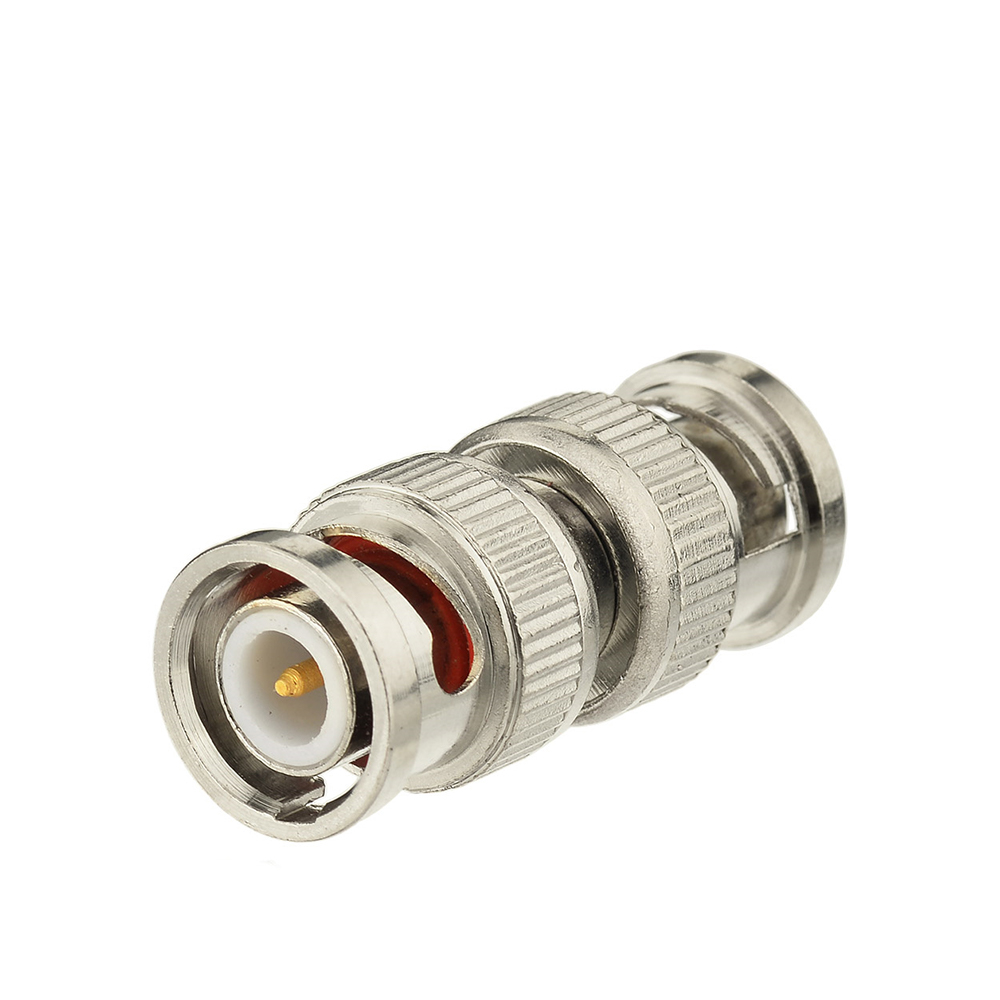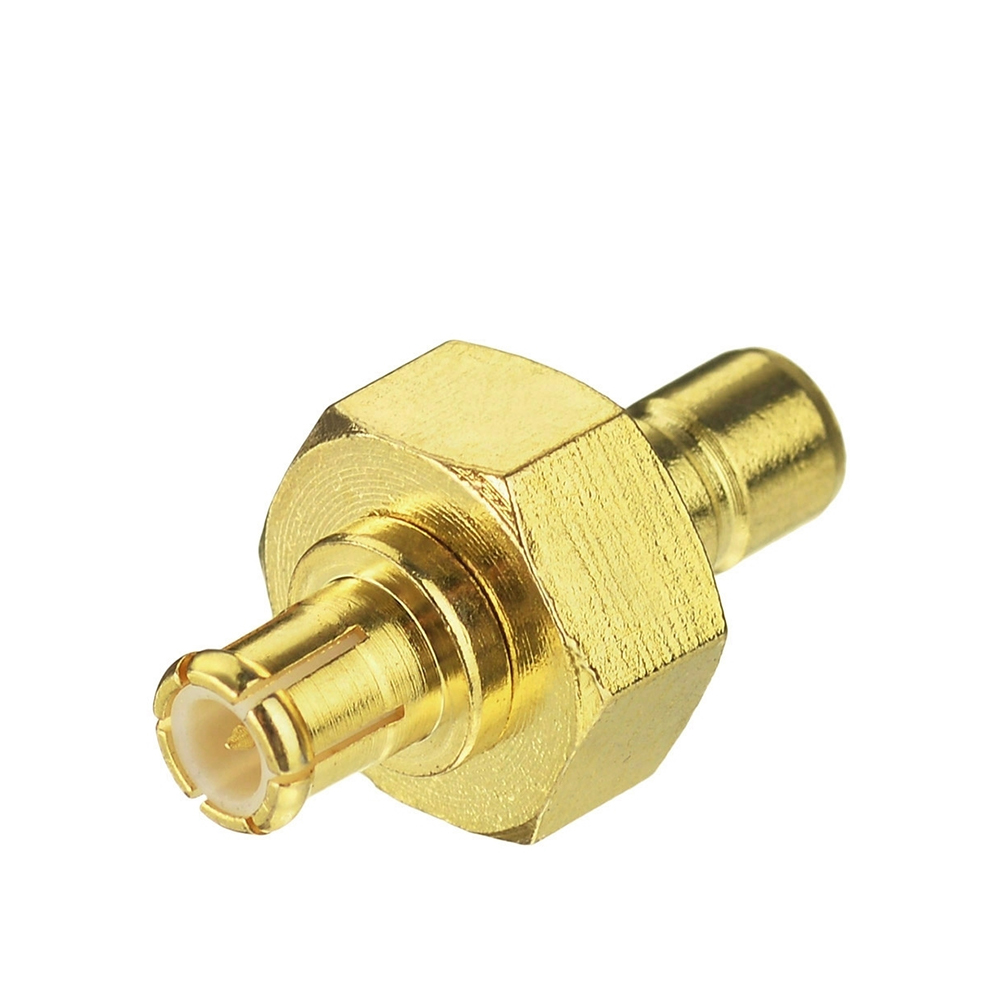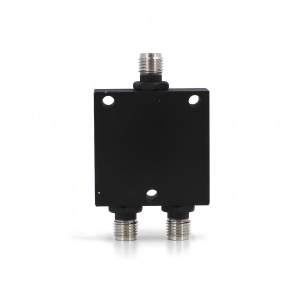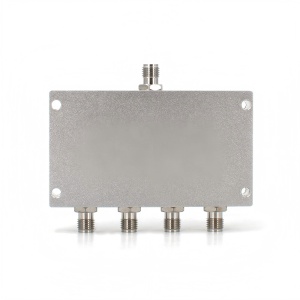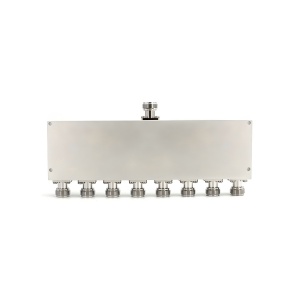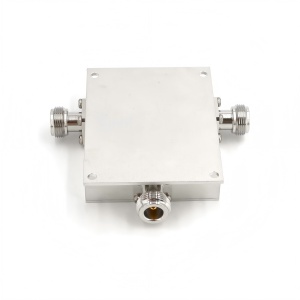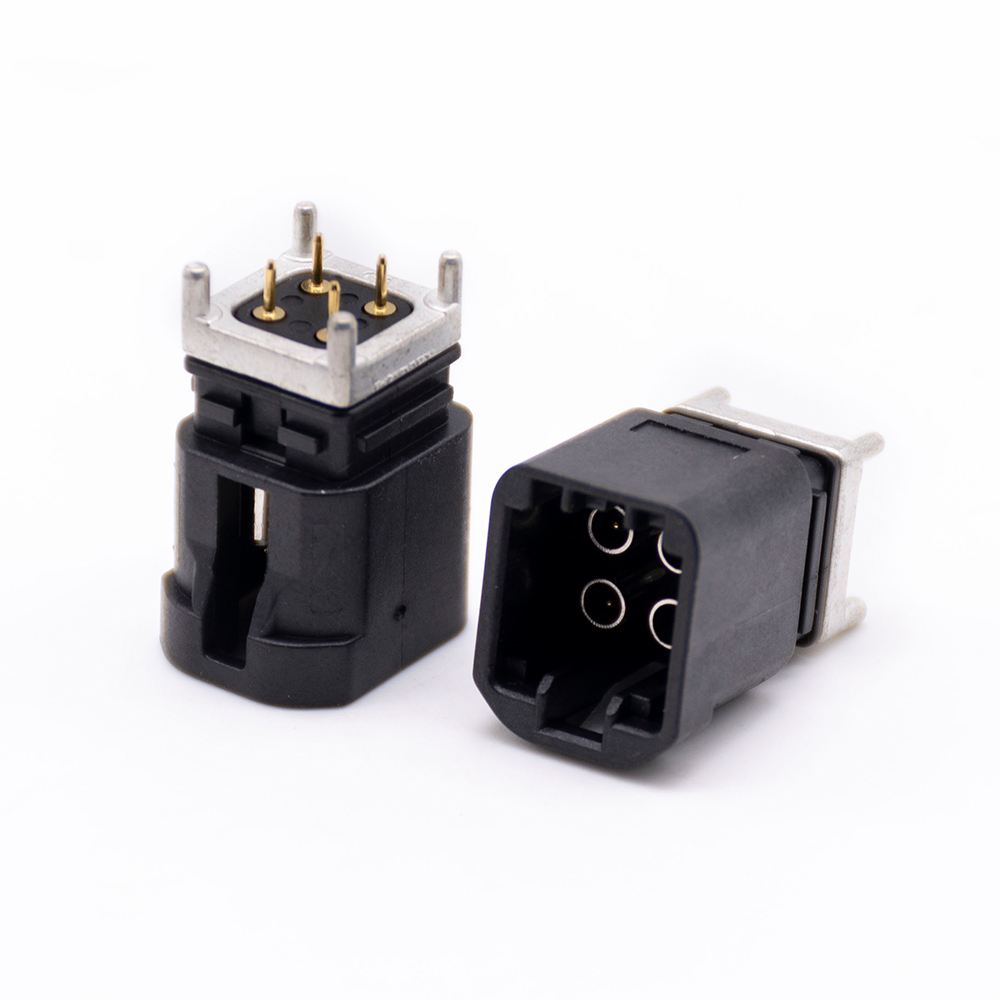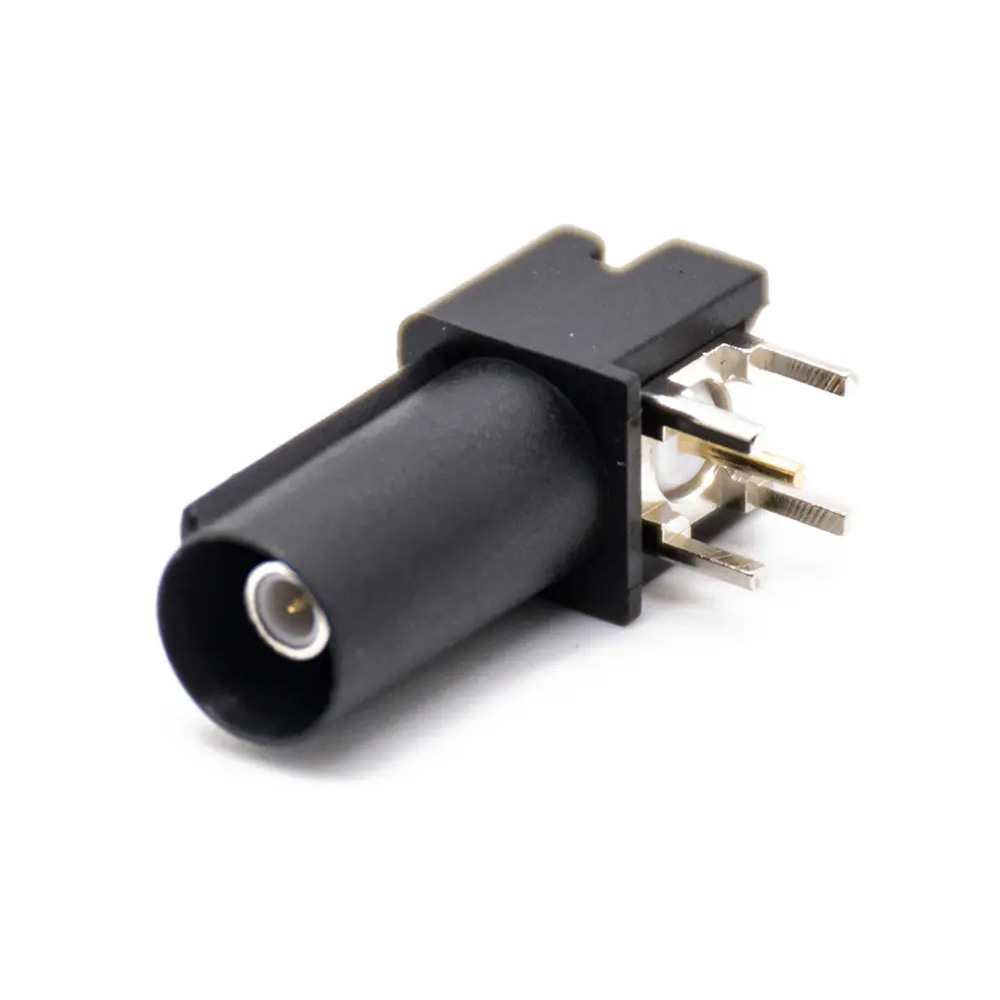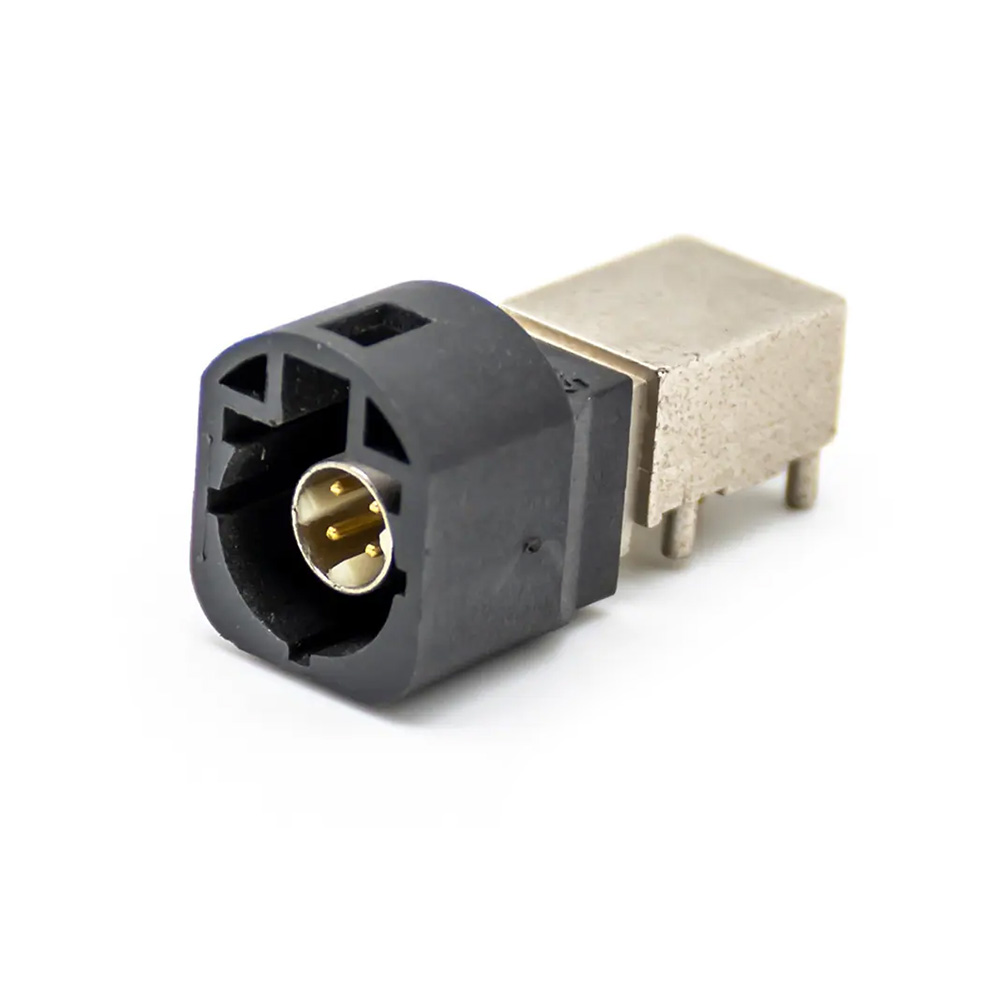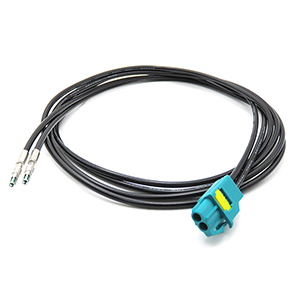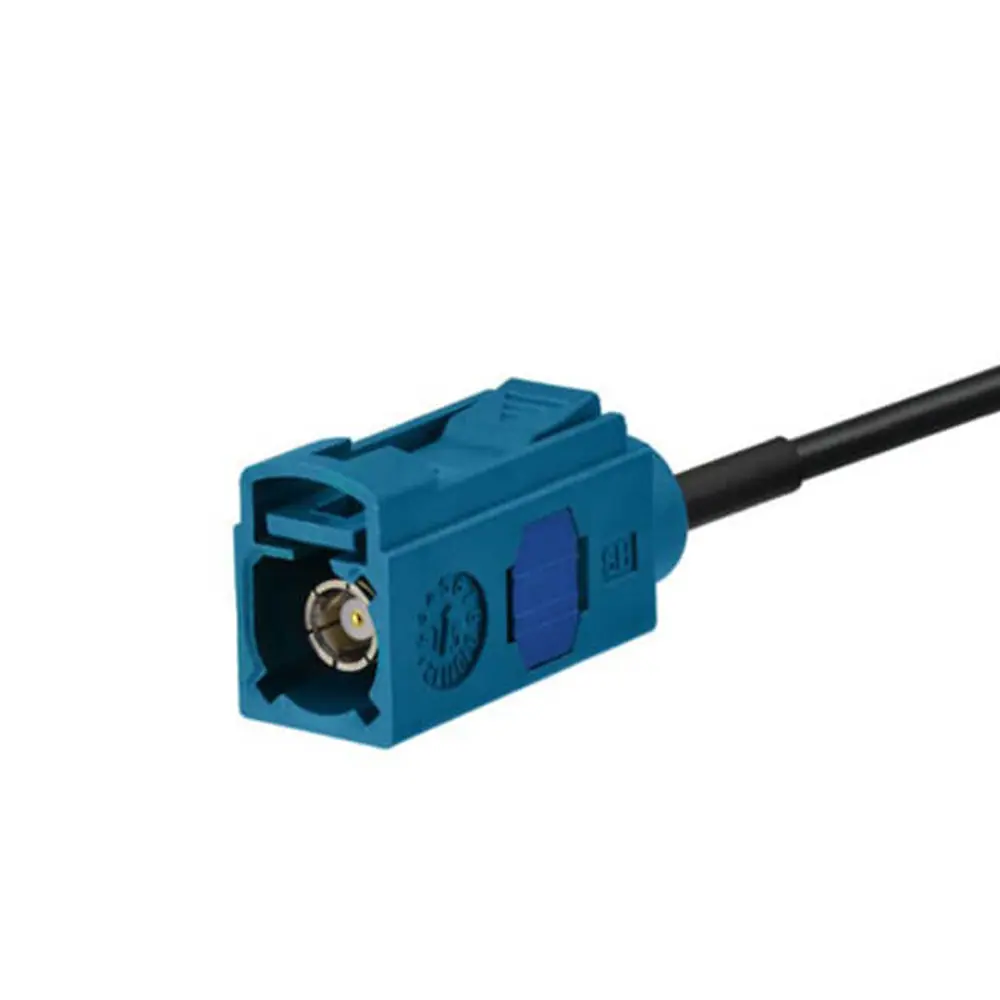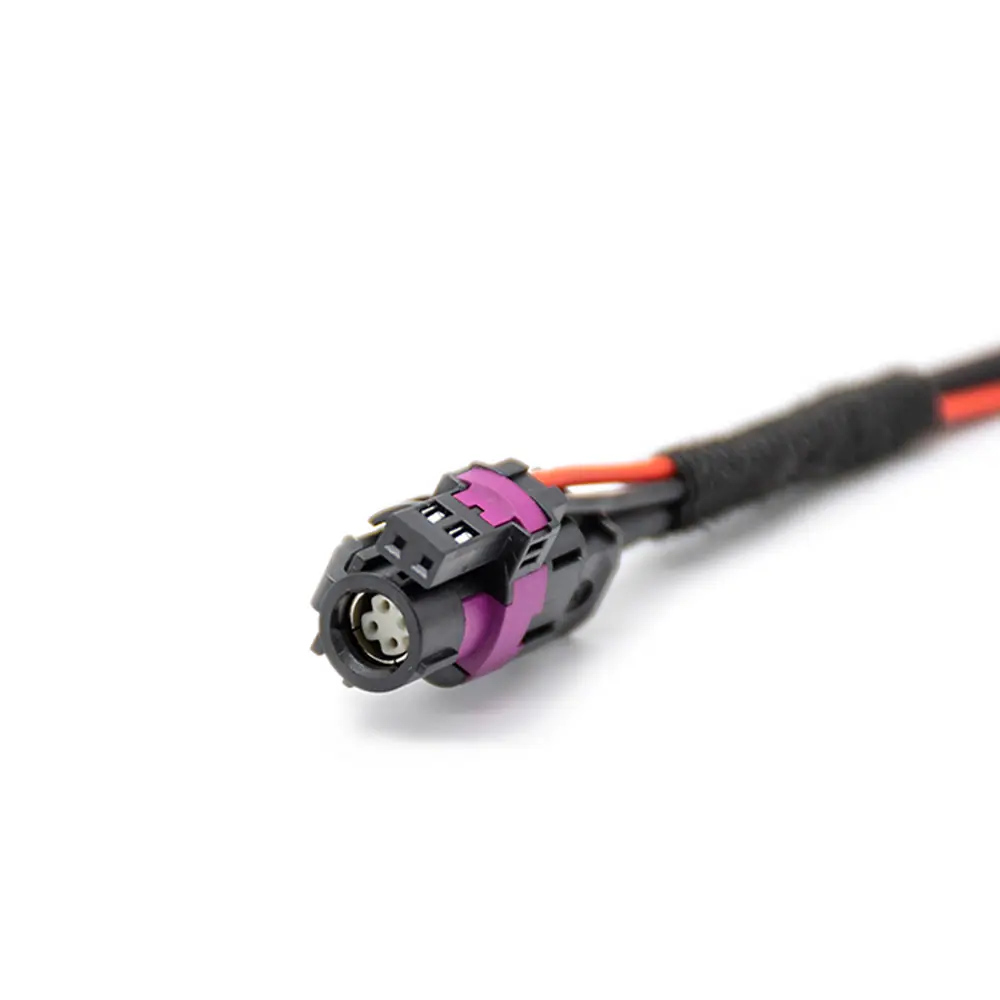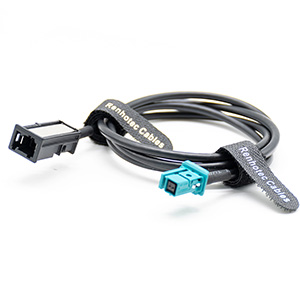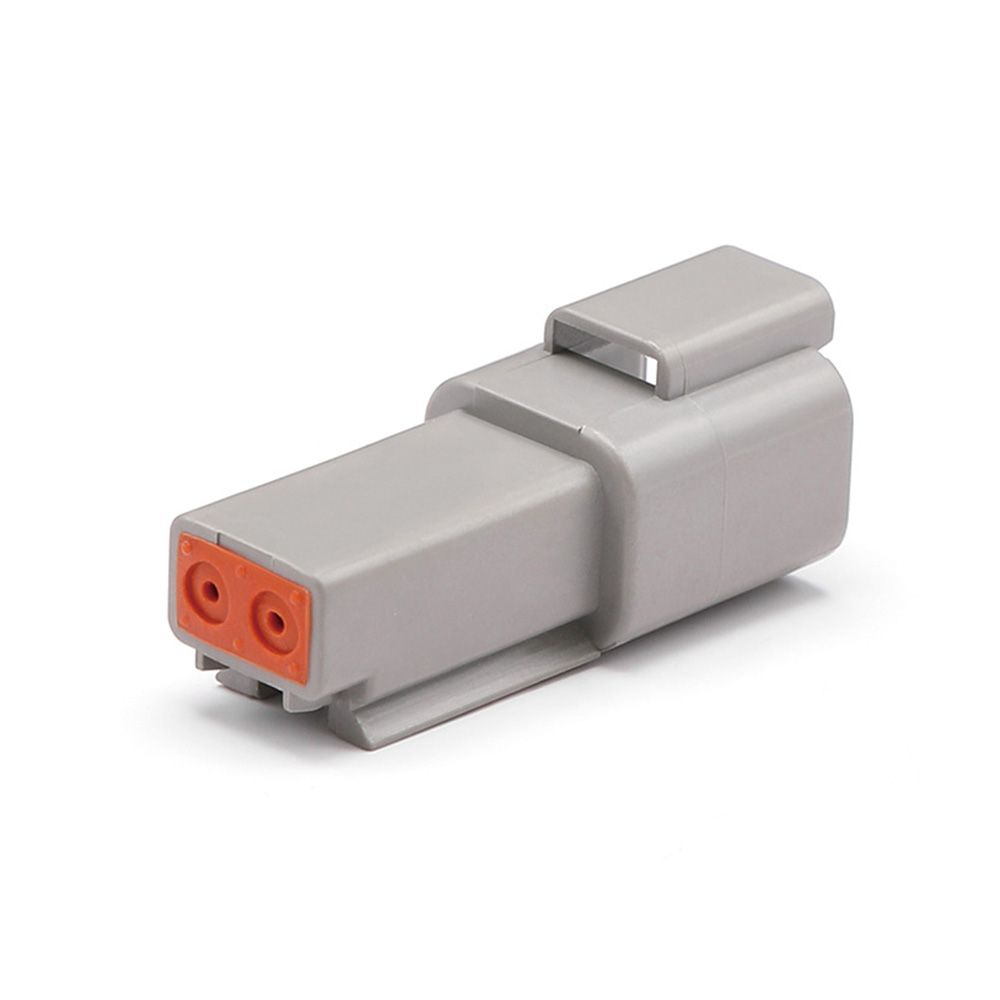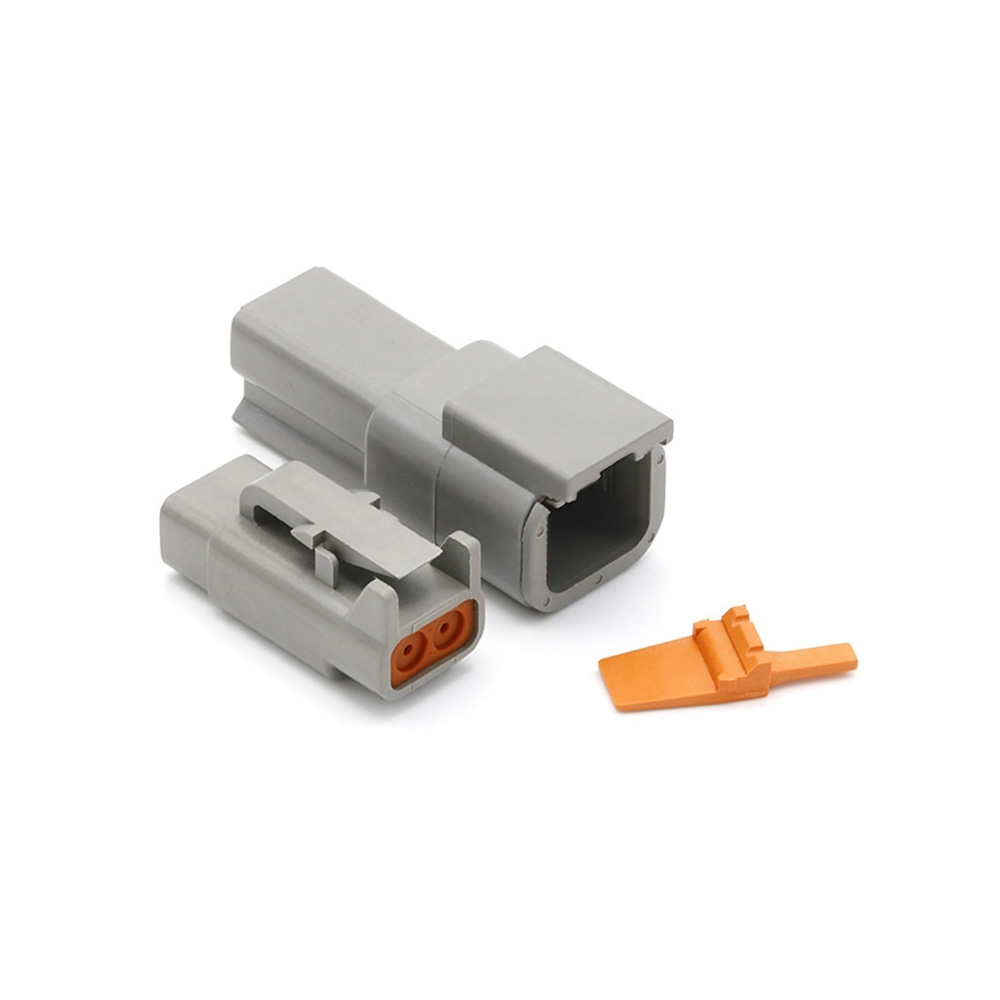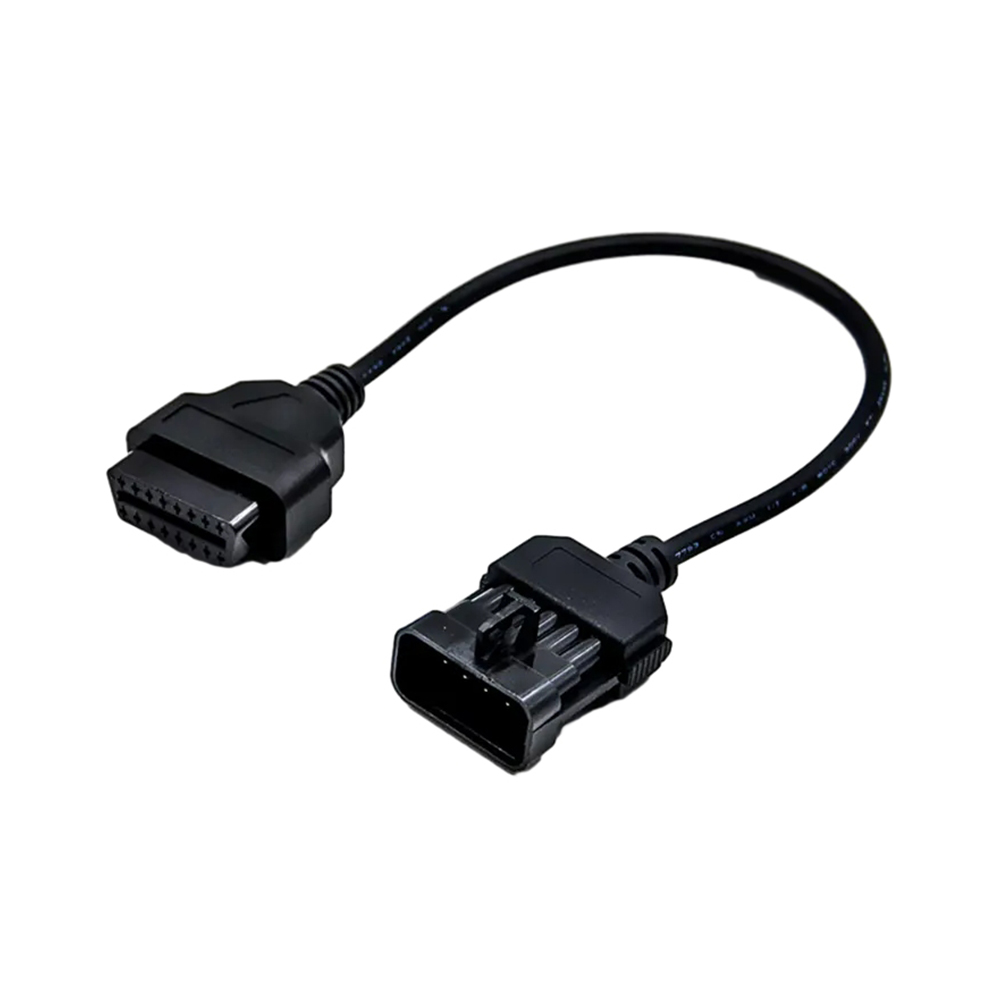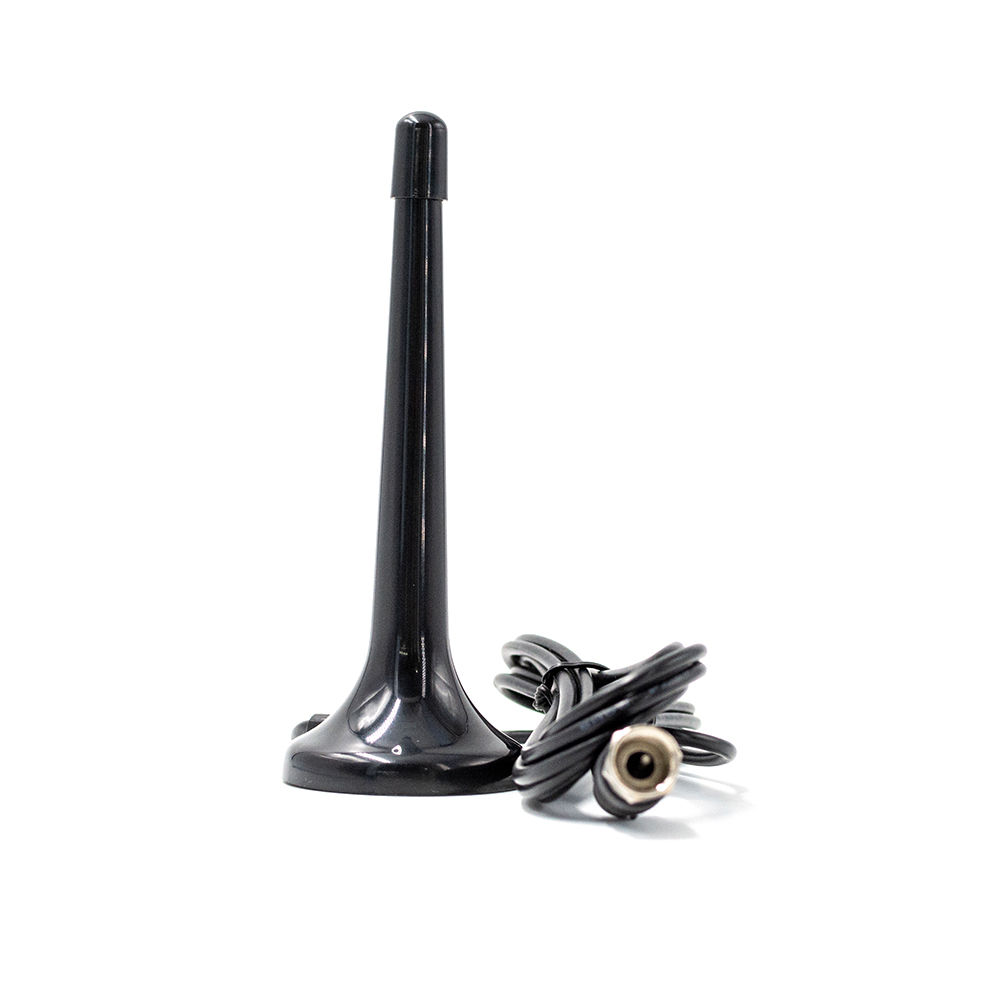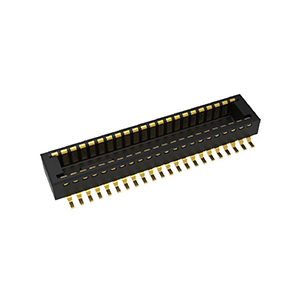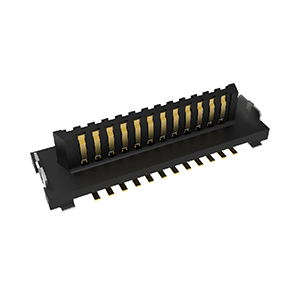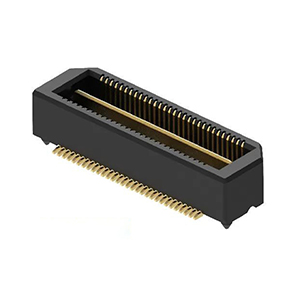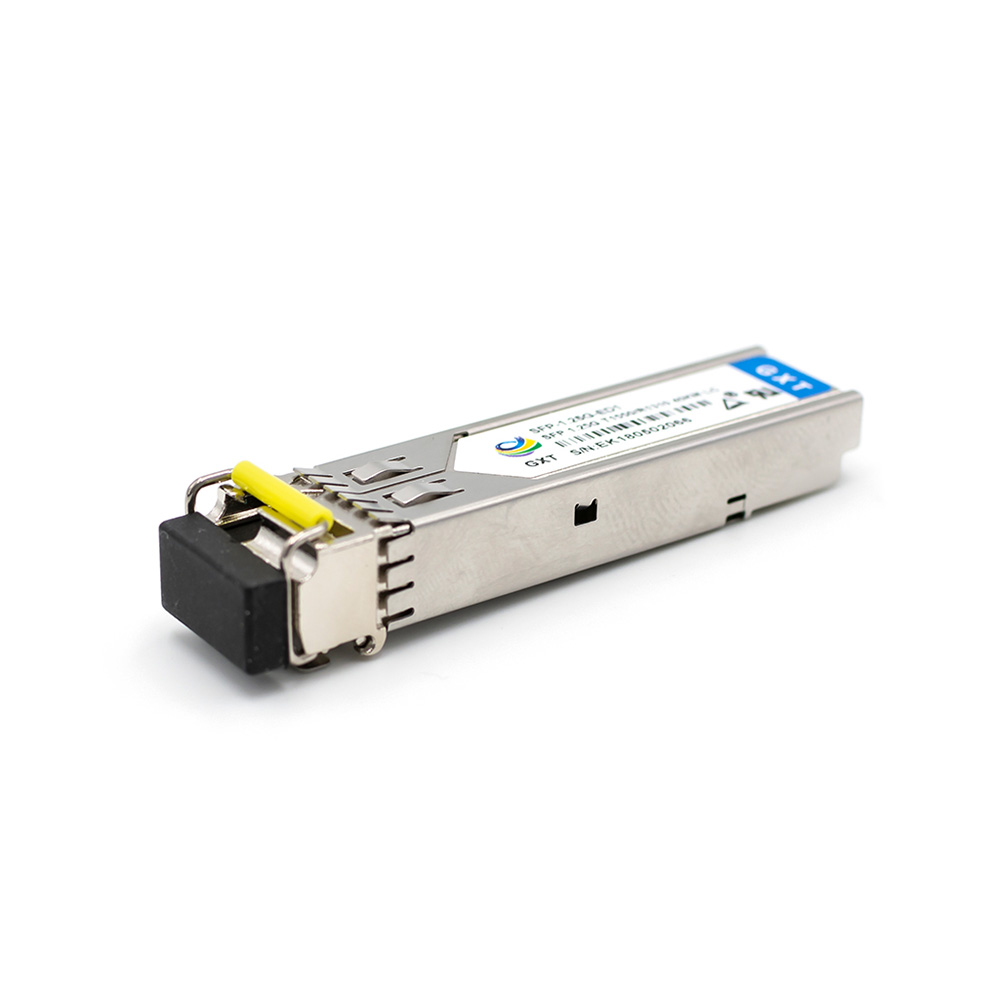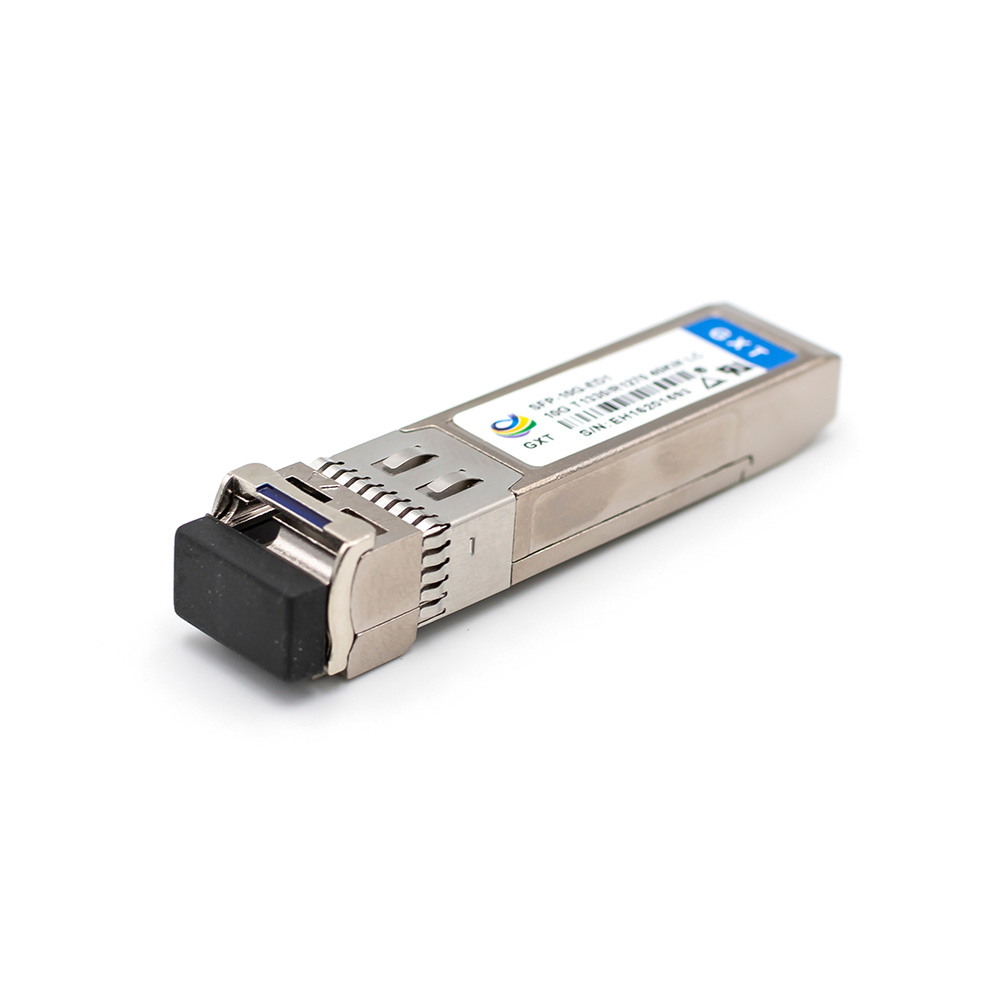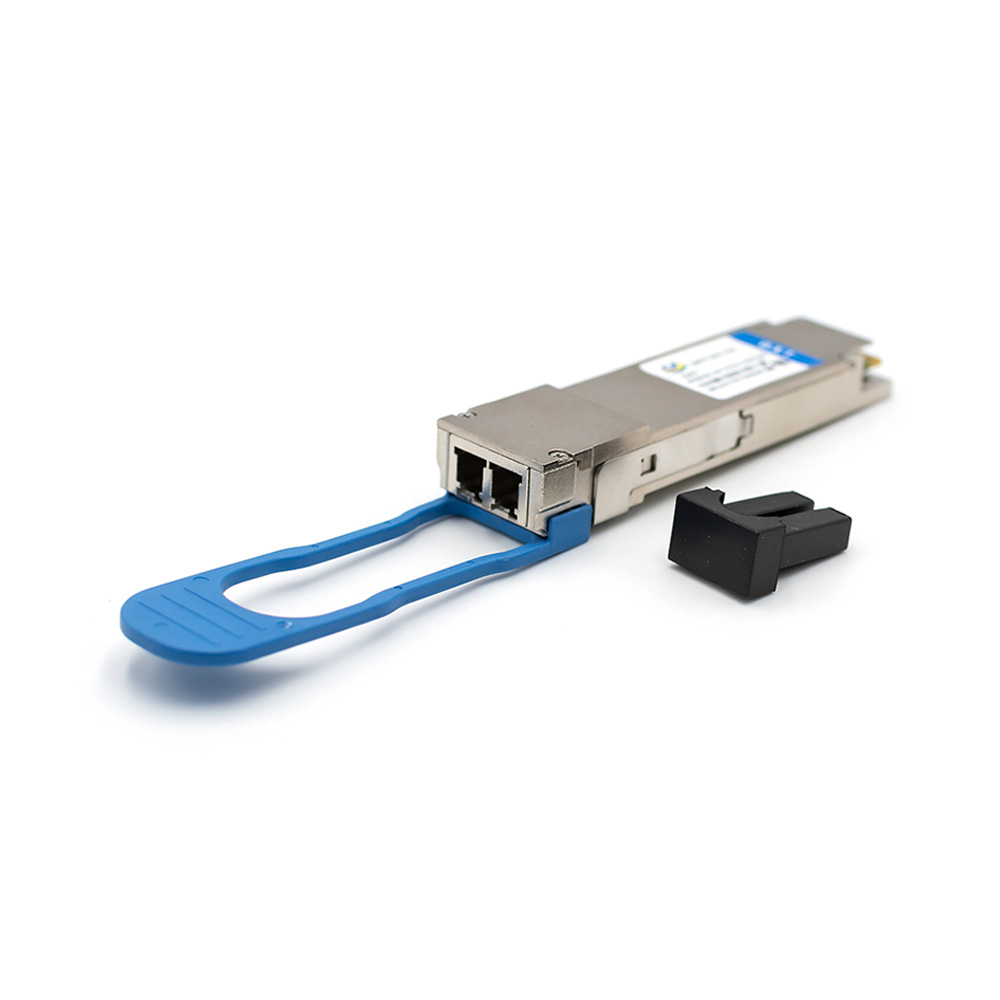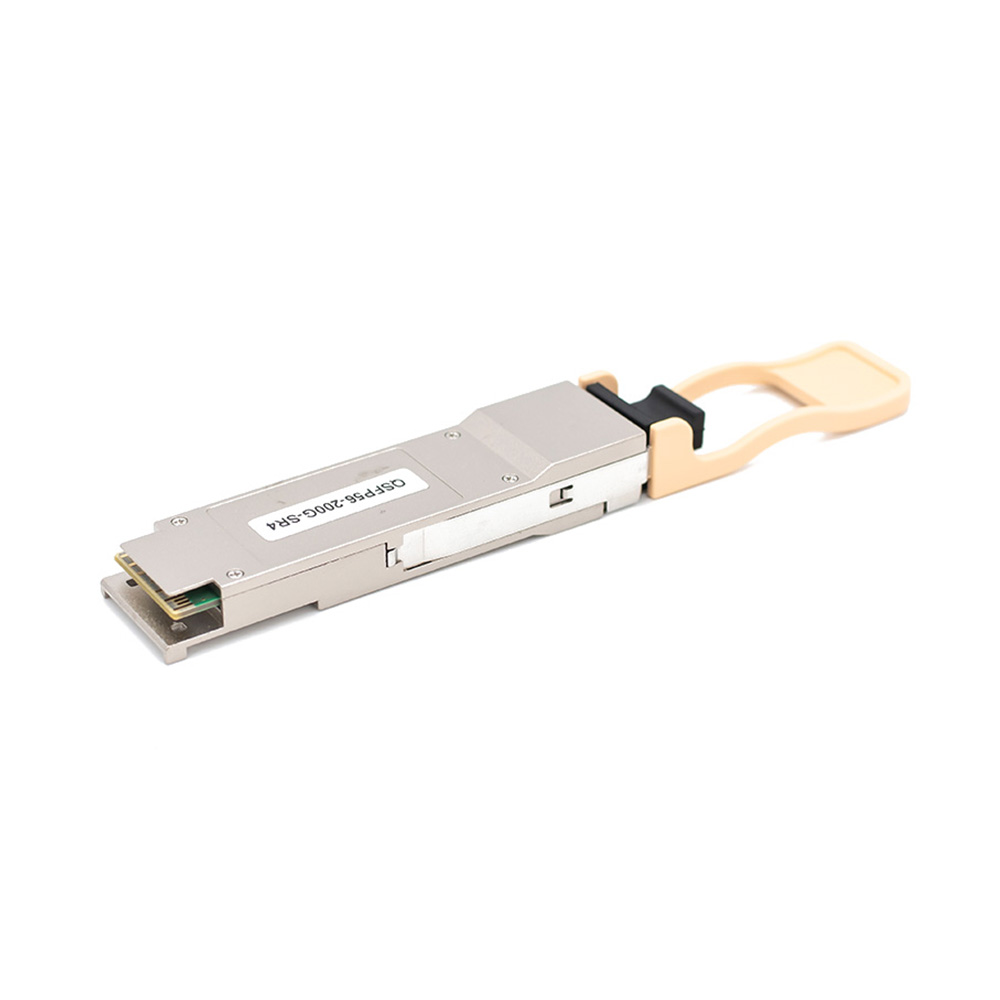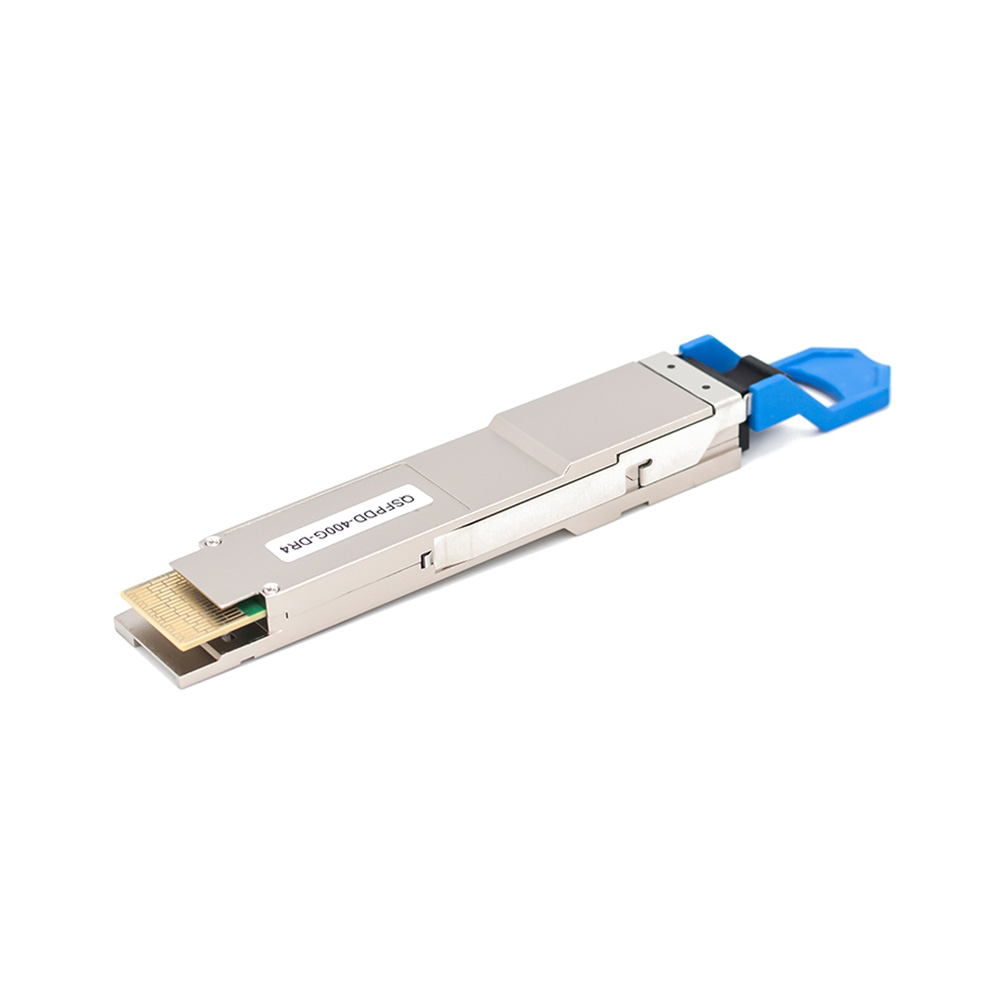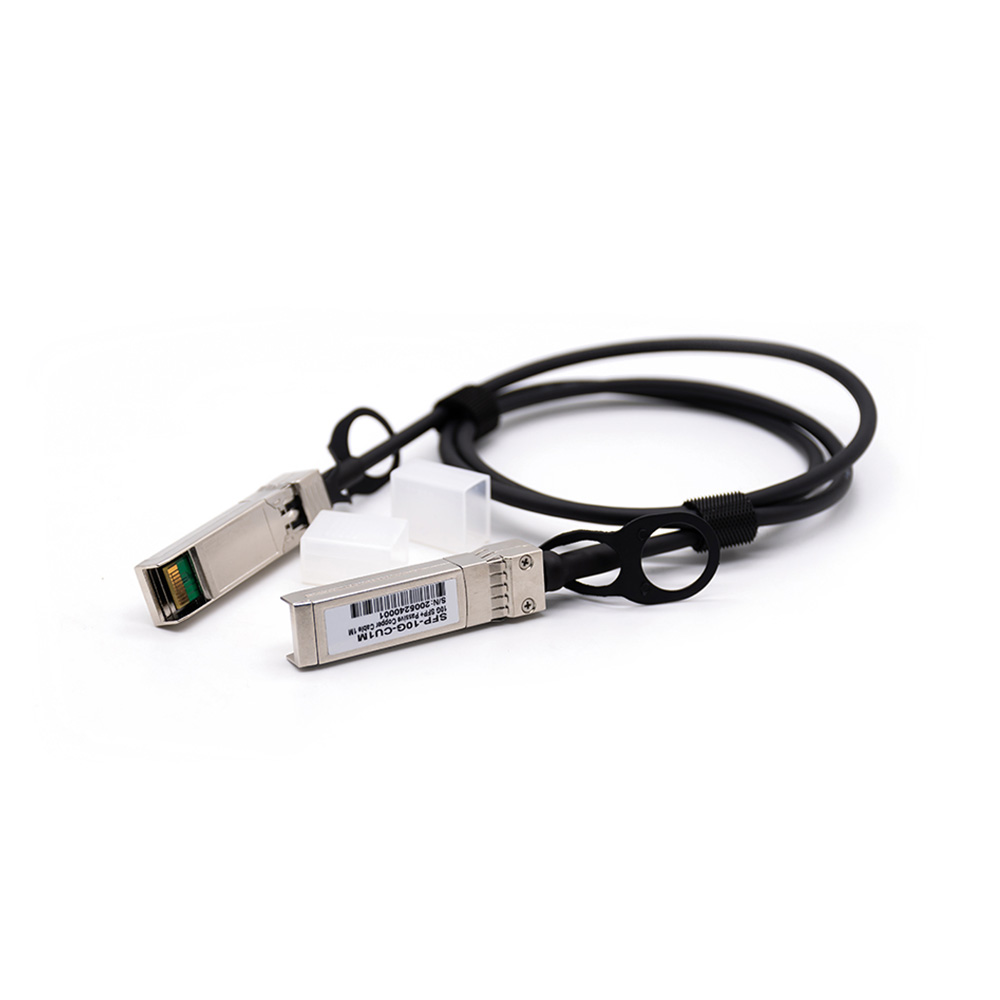When selecting RF connectors for your electronic projects, understanding the differences between SMB (Subminiature version B) and SMA (Subminiature version A) connectors is essential. Both connectors are widely used in RF and microwave applications, but they serve different purposes based on their design, performance, and durability. This article will compare SMB and SMA connectors, explain their applications, explain how to distinguish them, and list their common types.
What Is an SMA Connector?
The SMA connector is a threaded, high-performance RF connector recognized for its secure connections and outstanding durability. It is widely preferred for applications requiring stable performance in demanding environments.
Key Features:
- Design: Threaded coupling mechanism (screw-on), 50-ohm impedance (standard).
- Size: Larger than SMB, with a 1/4″ hex nut for tightening.
- Frequency Range: Typically up to 6 GHz (standard SMA), with high-performance variants supporting up to 18 GHz or beyond.
- Durability: Threaded coupling provides excellent mechanical stability in high-vibration and harsh environments.
- Common Uses: RF modules, antennas, test equipment, military, and aerospace applications.

What Is an SMB Connector?
The SMB connector is a compact RF connector with a snap-on design, ideal for applications that require quick mating and smaller form factors.
Key Features:
- Design: Snap-on (push-on) coupling mechanism, available in 50-ohm and 75-ohm versions.
- Size: Smaller than SMA, with a quick-connect/disconnect feature.
- Frequency Range: Up to 6 GHz, making it suitable for lower-frequency applications.
- Durability: Less robust than SMA due to snap-on design, but convenient for frequent connections.
- Common Uses: Telecommunications, automotive electronics, GPS devices, and consumer electronics.
SMB vs SMA Connector: Feature Comparison
| Feature | SMA Connector | SMB Connector |
| Coupling Type | Threaded (screw-on) | Snap-on (push-fit) |
| Impedance | 50Ω (standard) | 50Ω or 75Ω |
| Frequency Range | Up to 6 GHz (standard) | Up to 6 GHz |
| Size | Larger, 1/4″ hex nut | Smaller, compact |
| Durability | High (suitable for harsh environments) | Moderate (better for quick connections) |
| Common Applications | RF test equipment, military, aerospace | Telecom, automotive, consumer electronics |
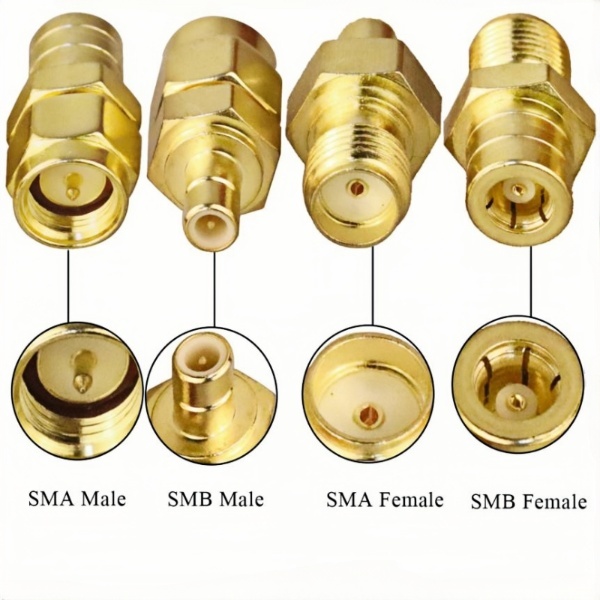
How to Visually Distinguish SMA and SMB Connectors
SMA:
- Has a threaded outer shell (requires screwing).
- Larger with a hex nut for tightening.
- Typically gold-plated center contact.
SMB:
- No threads—uses a snap-on mechanism.
- Smaller and more compact.
- May have a plastic housing or metal snap-lock.
Types of SMA and SMB Connectors
SMA Connector Types:
- Standard SMA – 50Ω, up to 6 GHz.
- Reverse Polarity SMA (RP-SMA) – Used in Wi-Fi routers and drones.
- SMA Edge Mount – Designed for PCB connections.
- SMA Bulkhead Mount – Suitable for panel installations.
- High-Frequency SMA – Supports frequencies beyond 6 GHz (specialized variants).
SMB Connector Types:
- Standard SMB (50Ω & 75Ω) – Common in telecom and video applications.
- SMB Plug & Jack – For cable-to-board connections.
- SMB Right-Angle – Space-saving solution for tight areas.
- SMB Bulkhead – For panel or enclosure mounting.
When to Use SMA or SMB Connectors?
Choose SMA if you need:
- Reliable threaded connections for rugged environments.
- Frequency requirements up to 6 GHz (or higher with specialized SMA variants).
- Military, aerospace, or RF testing applications.
Choose SMB if you need:
- Quick-connect/disconnect convenience.
- Lower-frequency applications (up to 6 GHz).
- Compact size for consumer electronics or automotive use.
Conclusion
Both SMB and SMA connectors are essential in RF and electronic applications, but they serve different needs. SMA is ideal for mid-range frequencies (up to 6 GHz) and rugged environments, while SMB is better for compact, quick-connect solutions in lower-frequency applications.
Note: SMA connectors also come in high-frequency variants (beyond 6 GHz) for specialized RF applications. Renhotec offers a wide range of SMB and SMA connectors for various RF applications. If you’re unsure which connector fits your project, contact us for guidance or explore our catalog for technical details.

